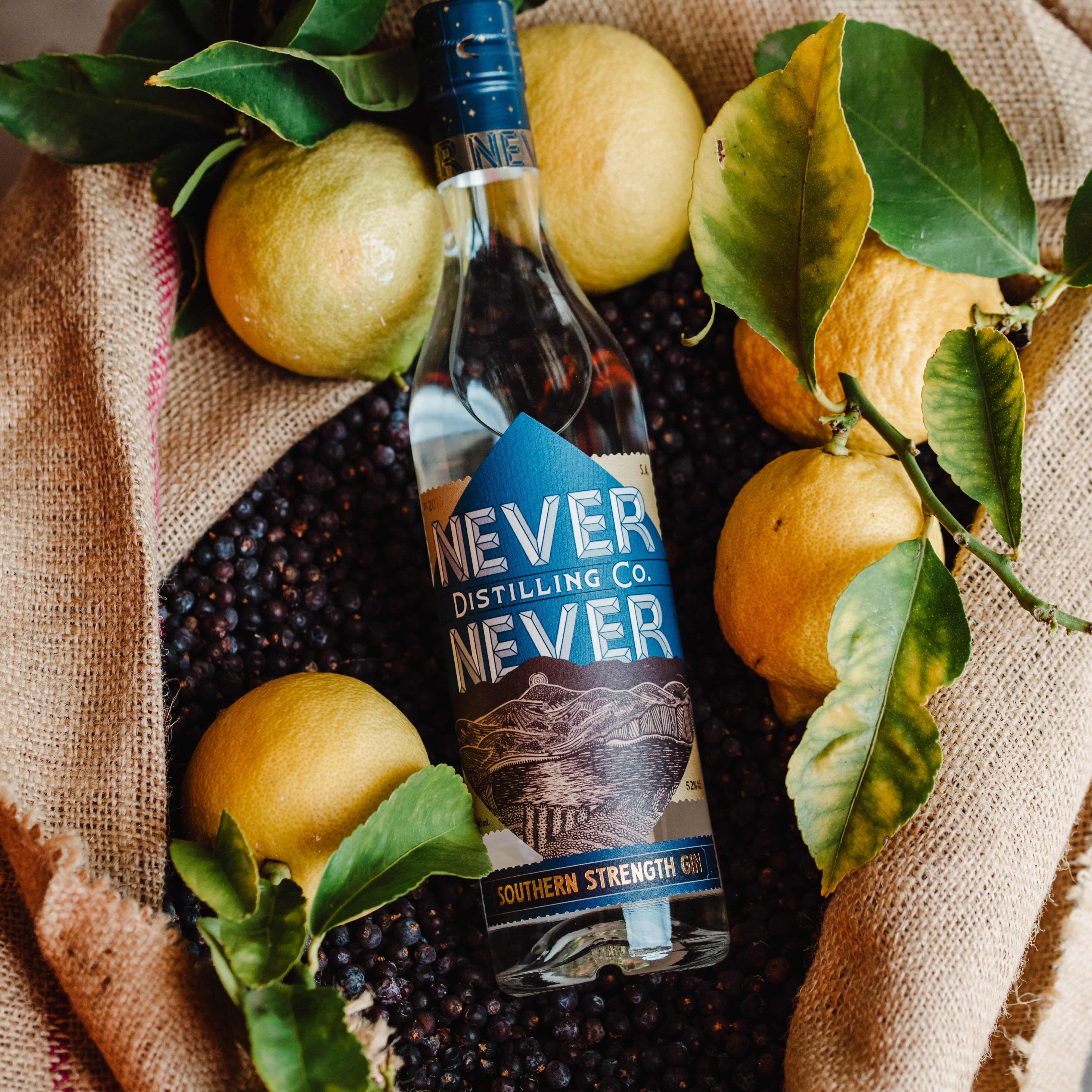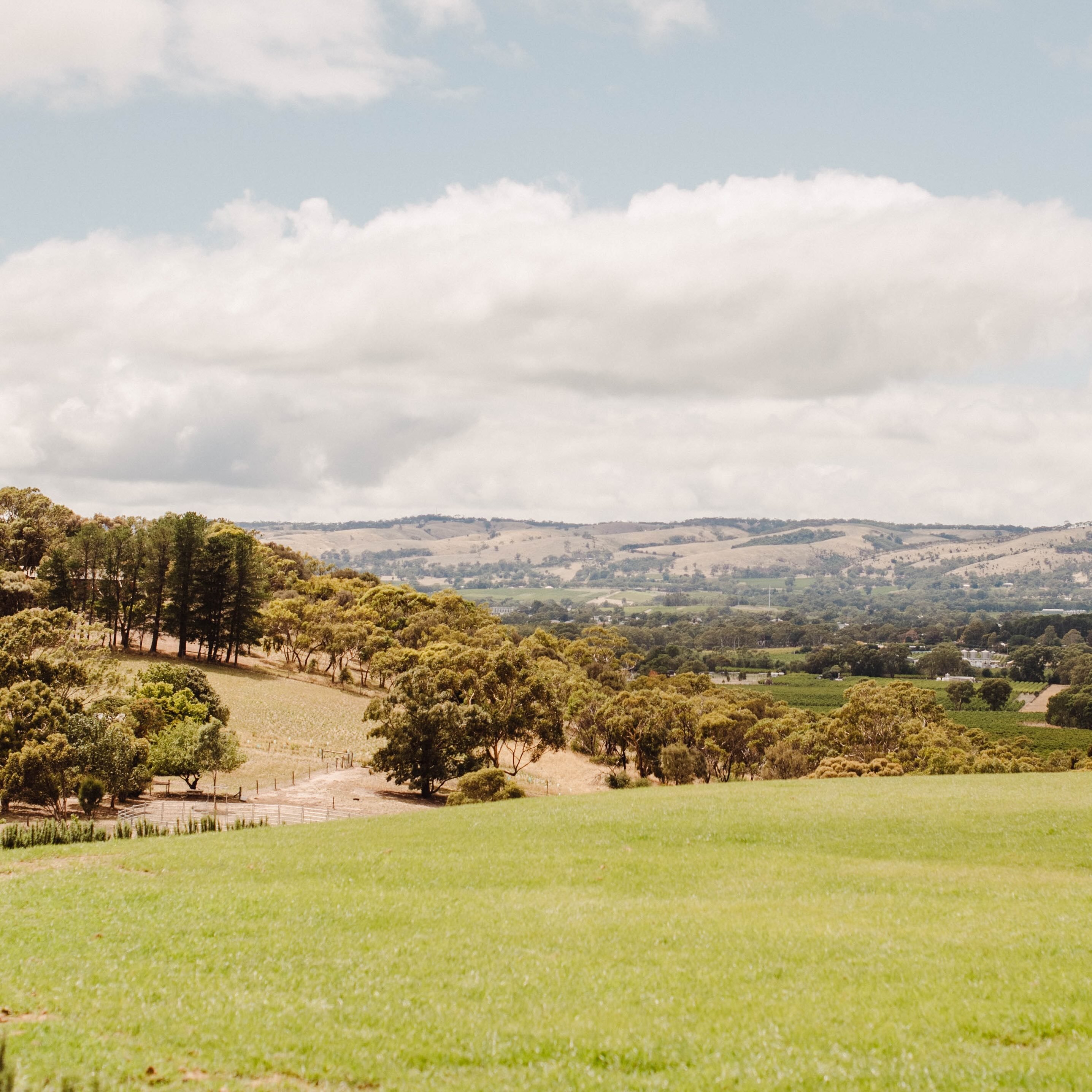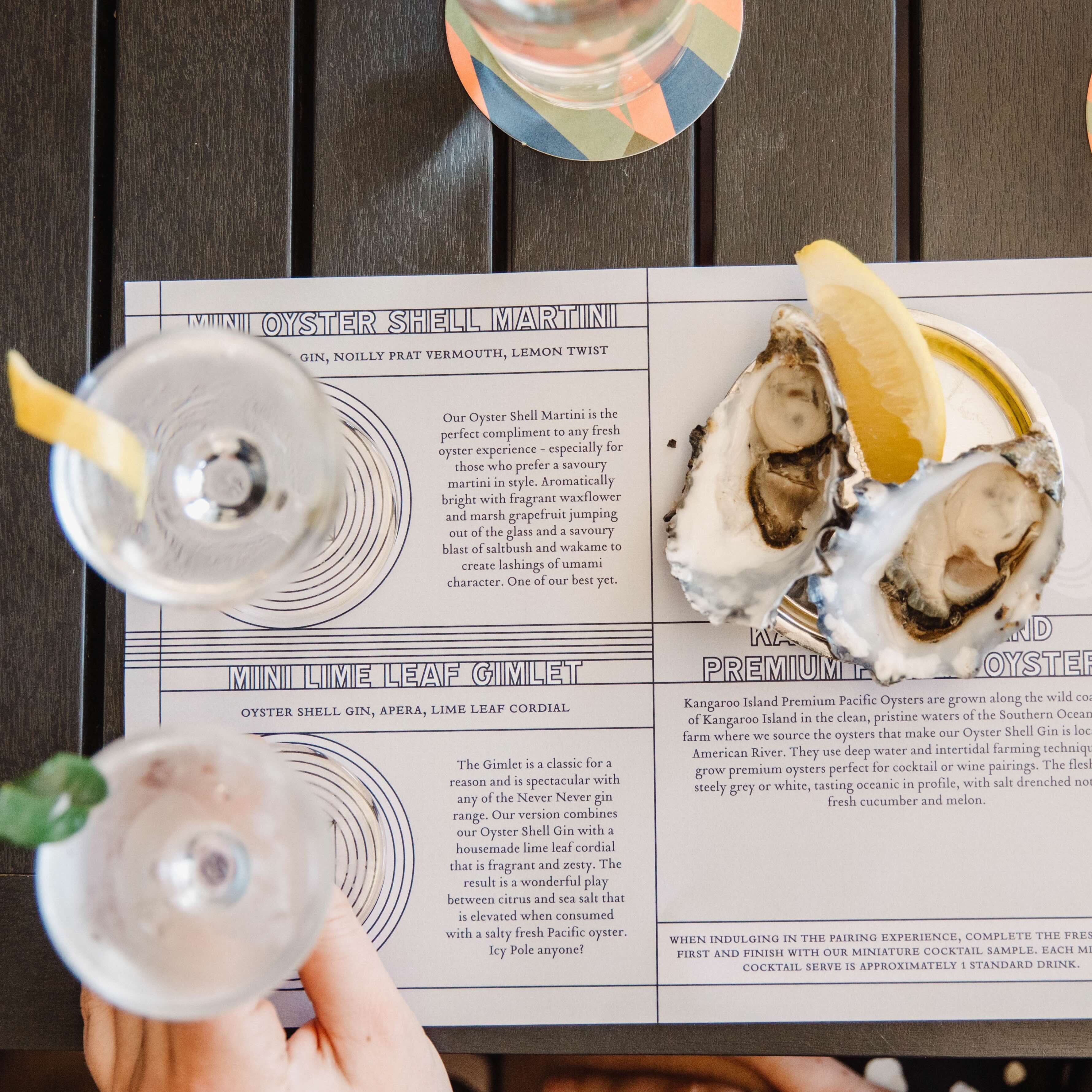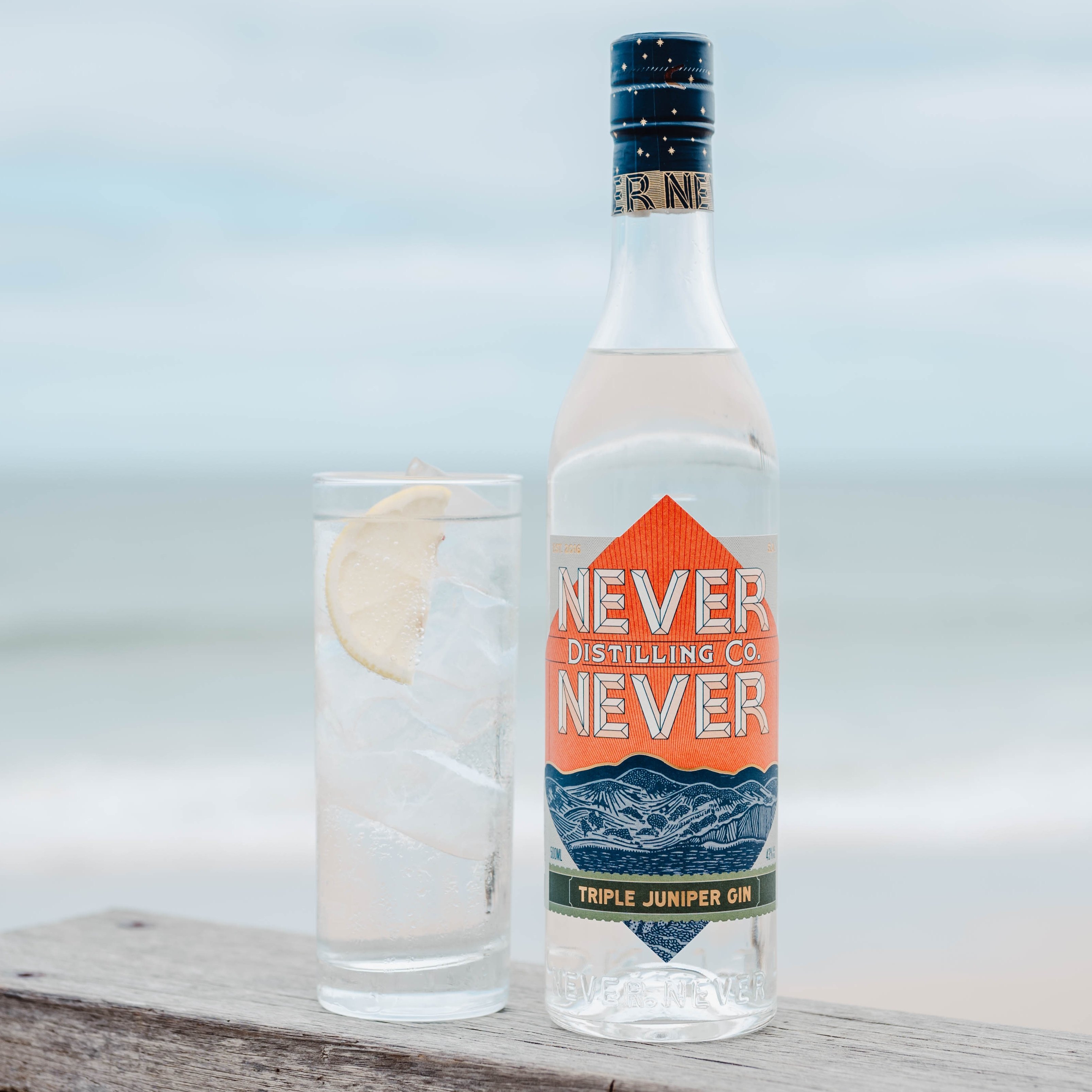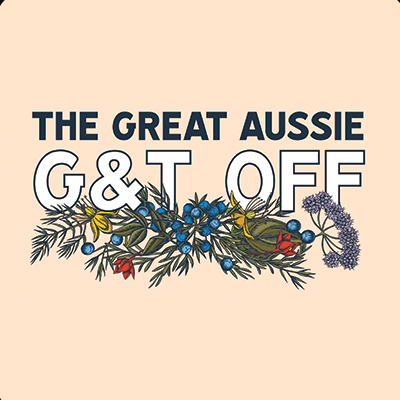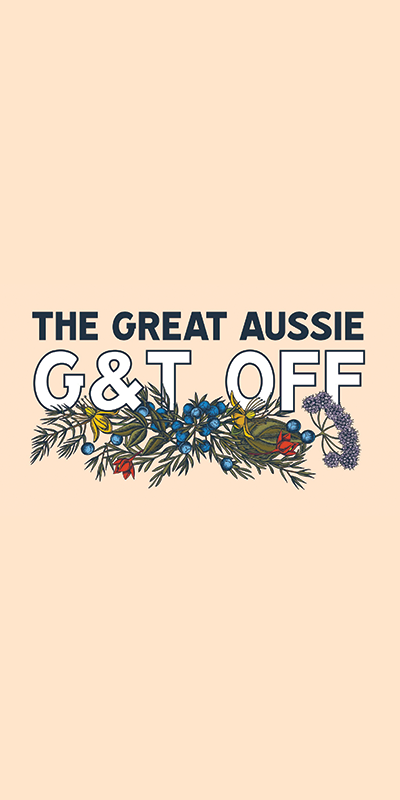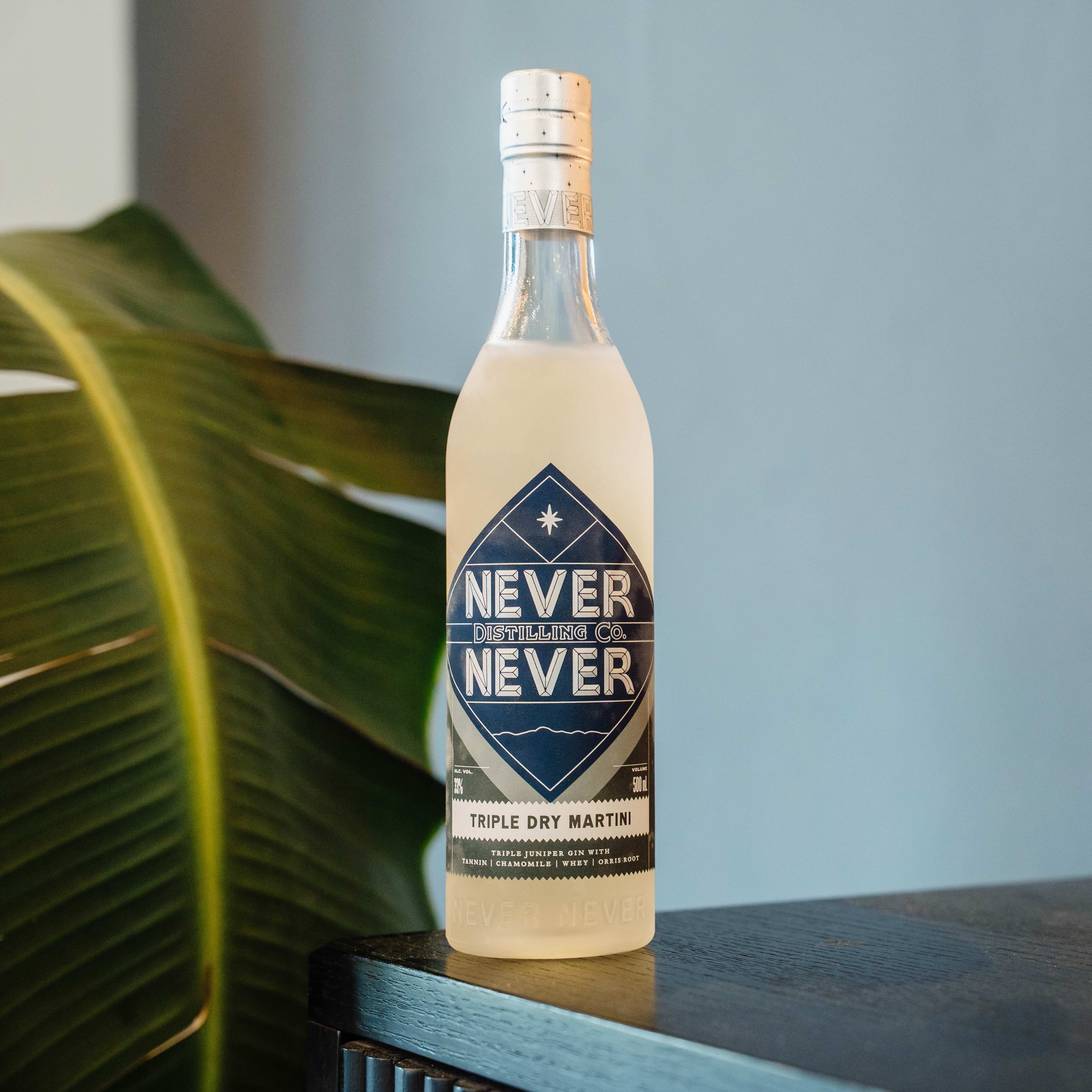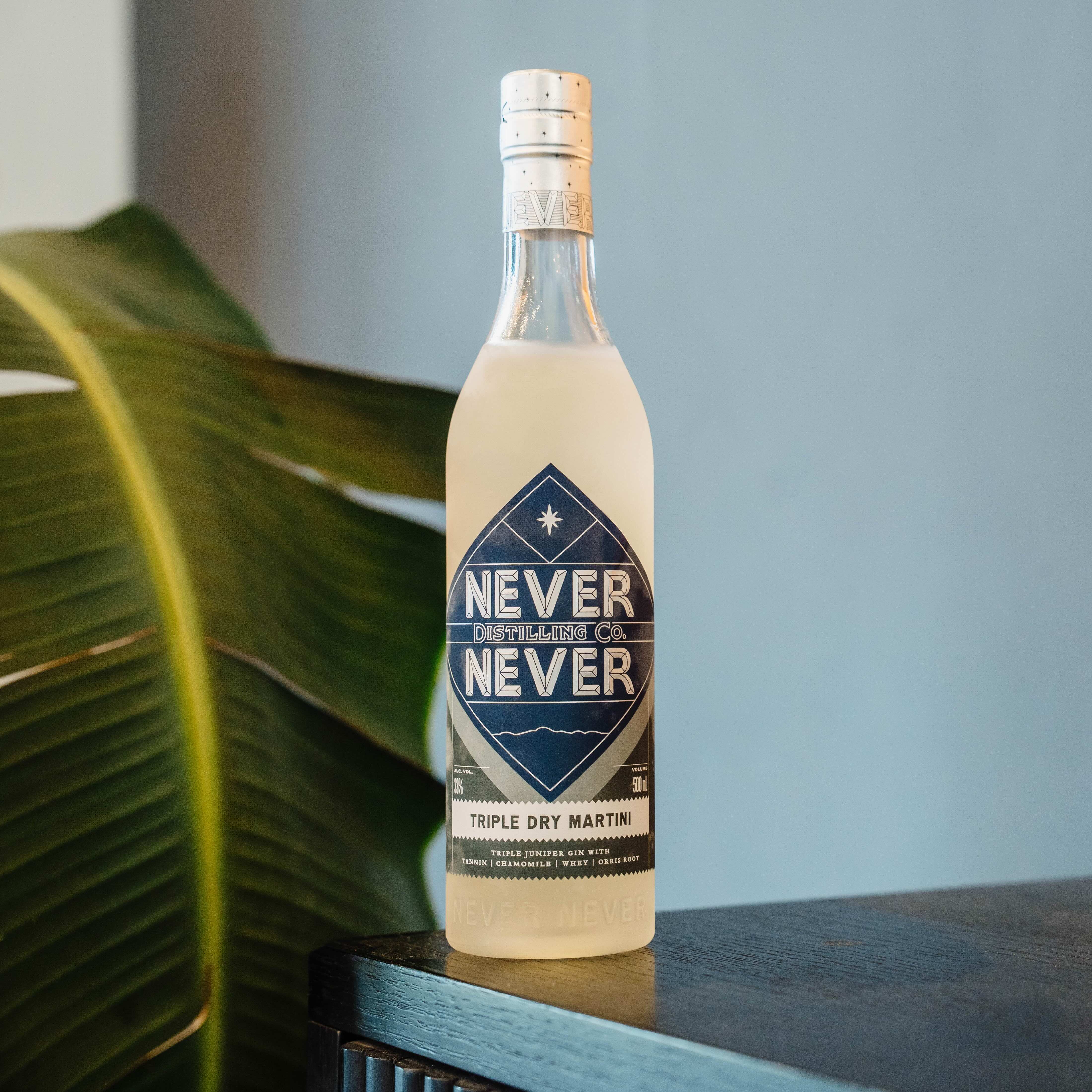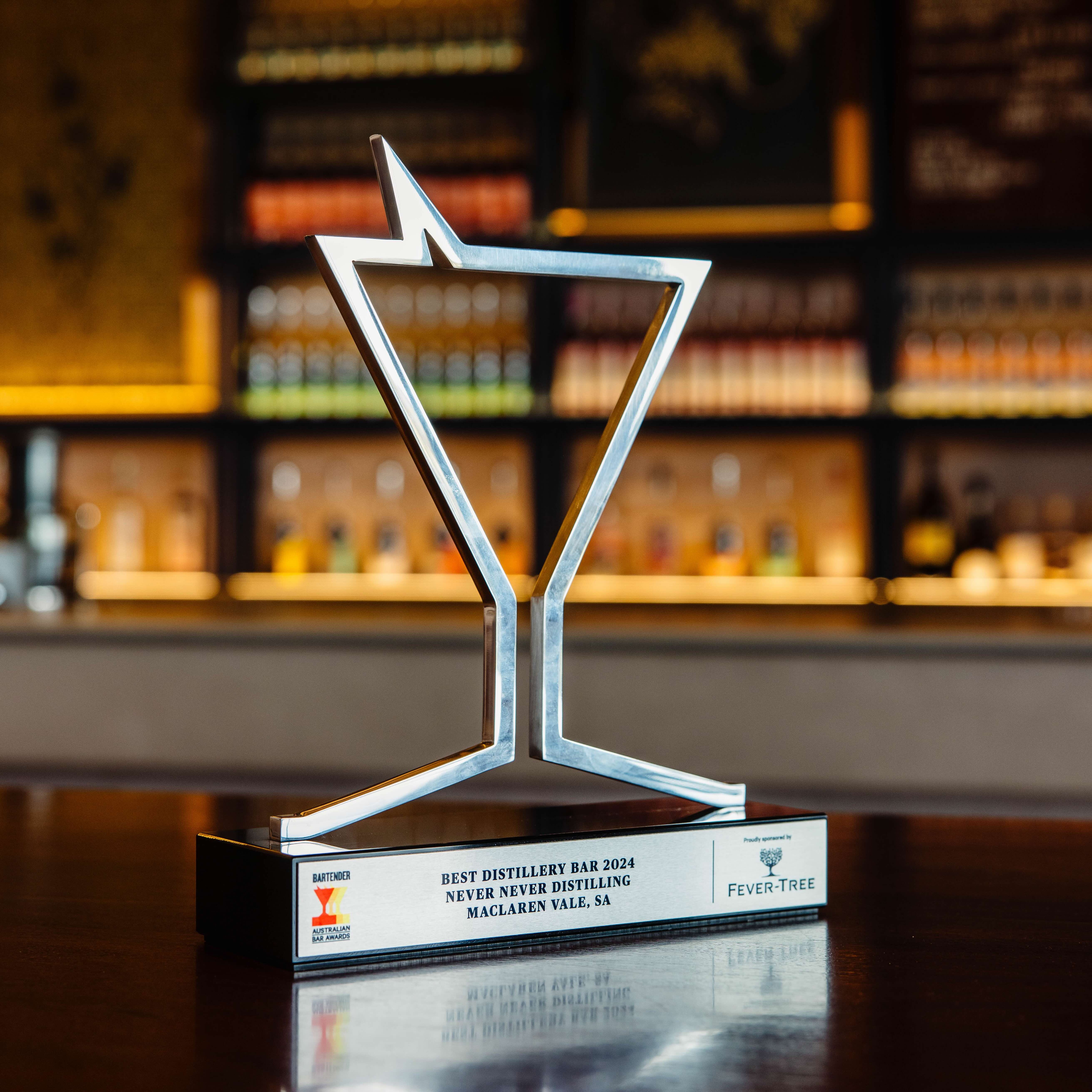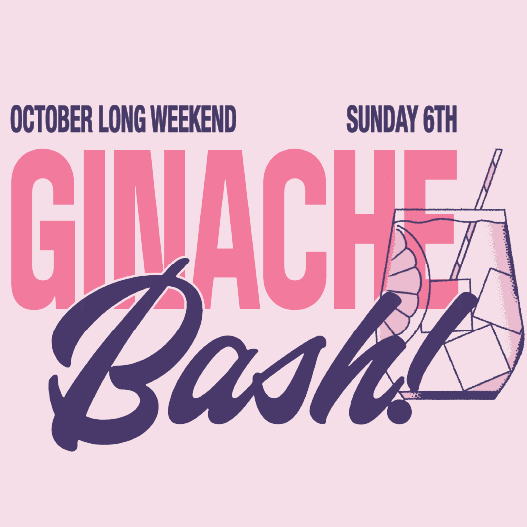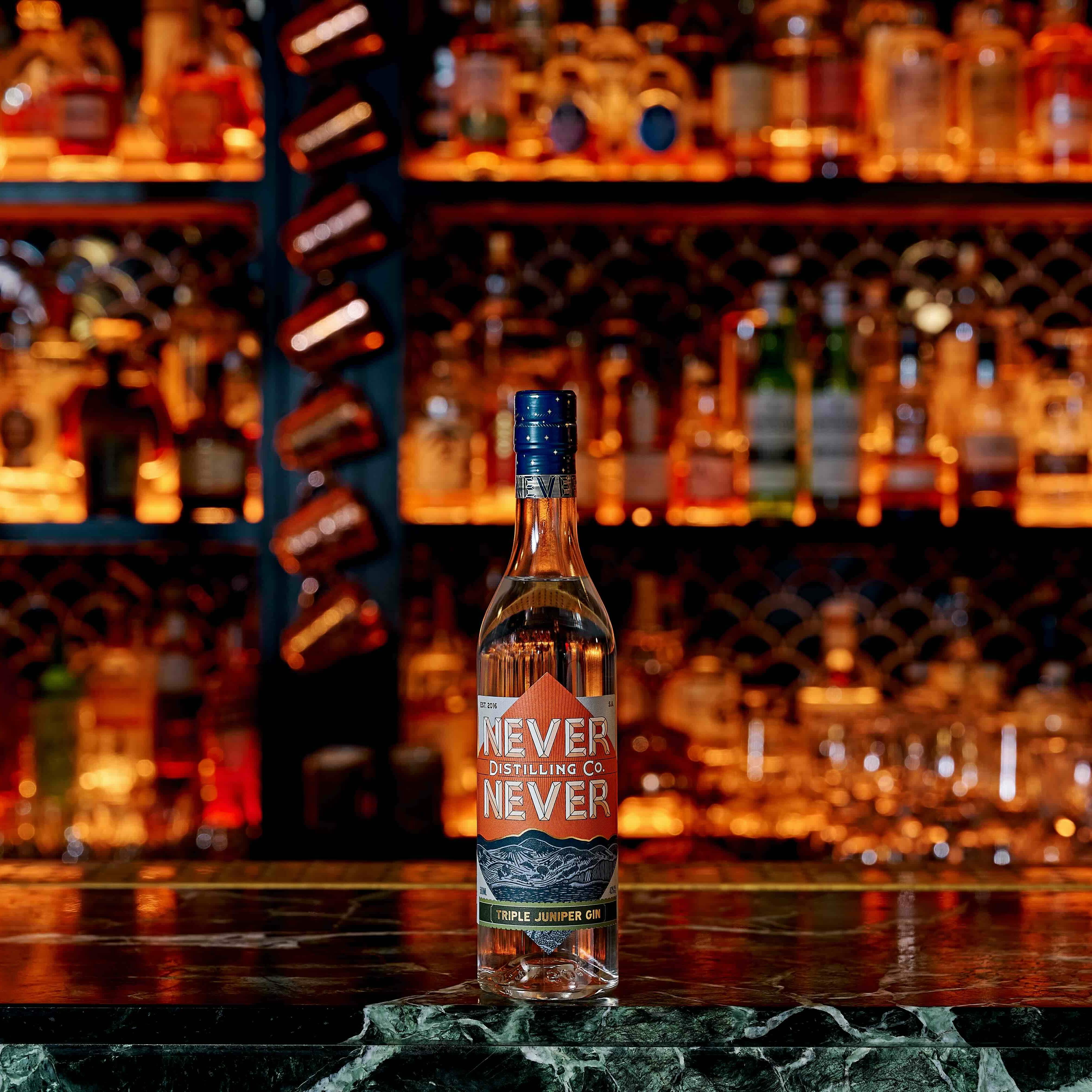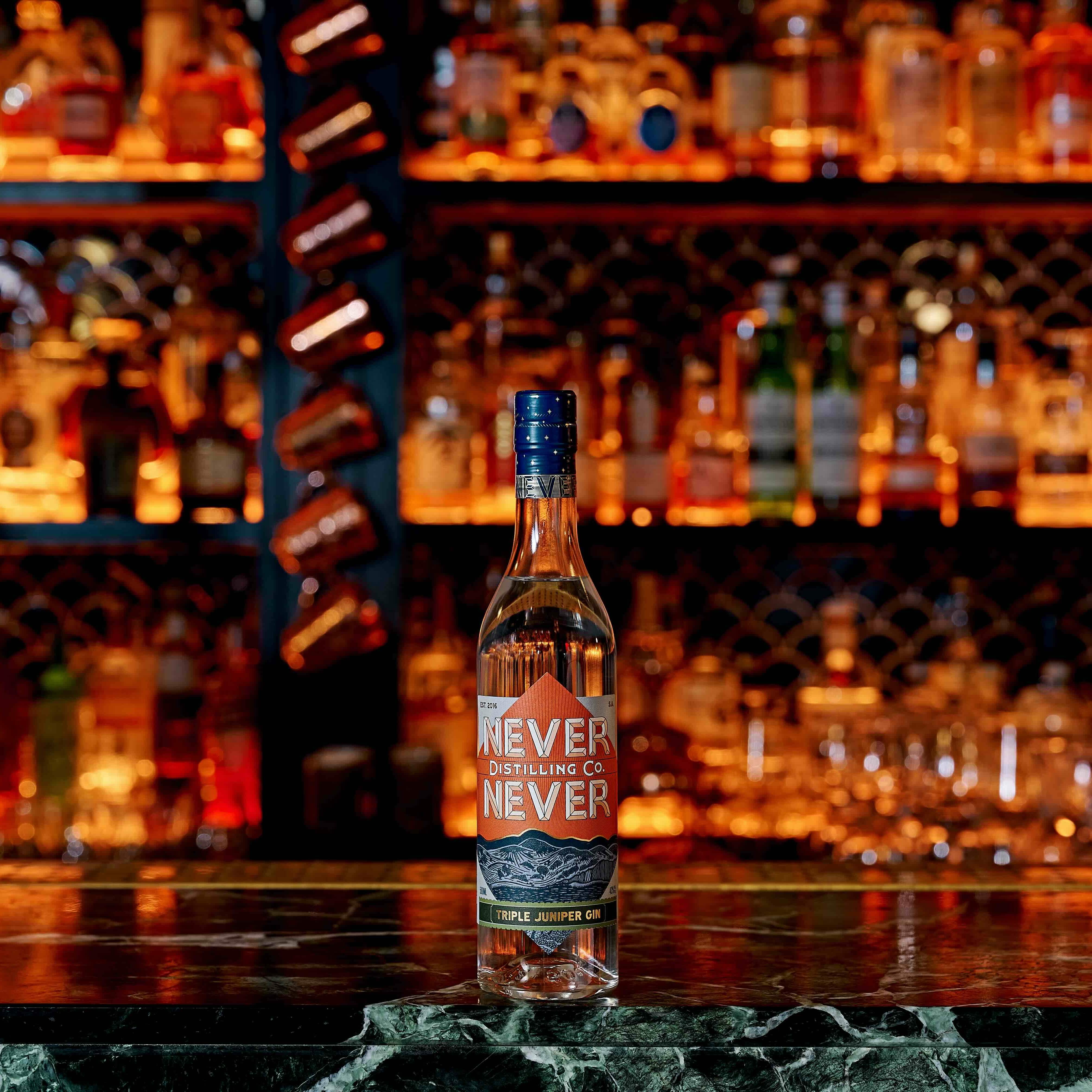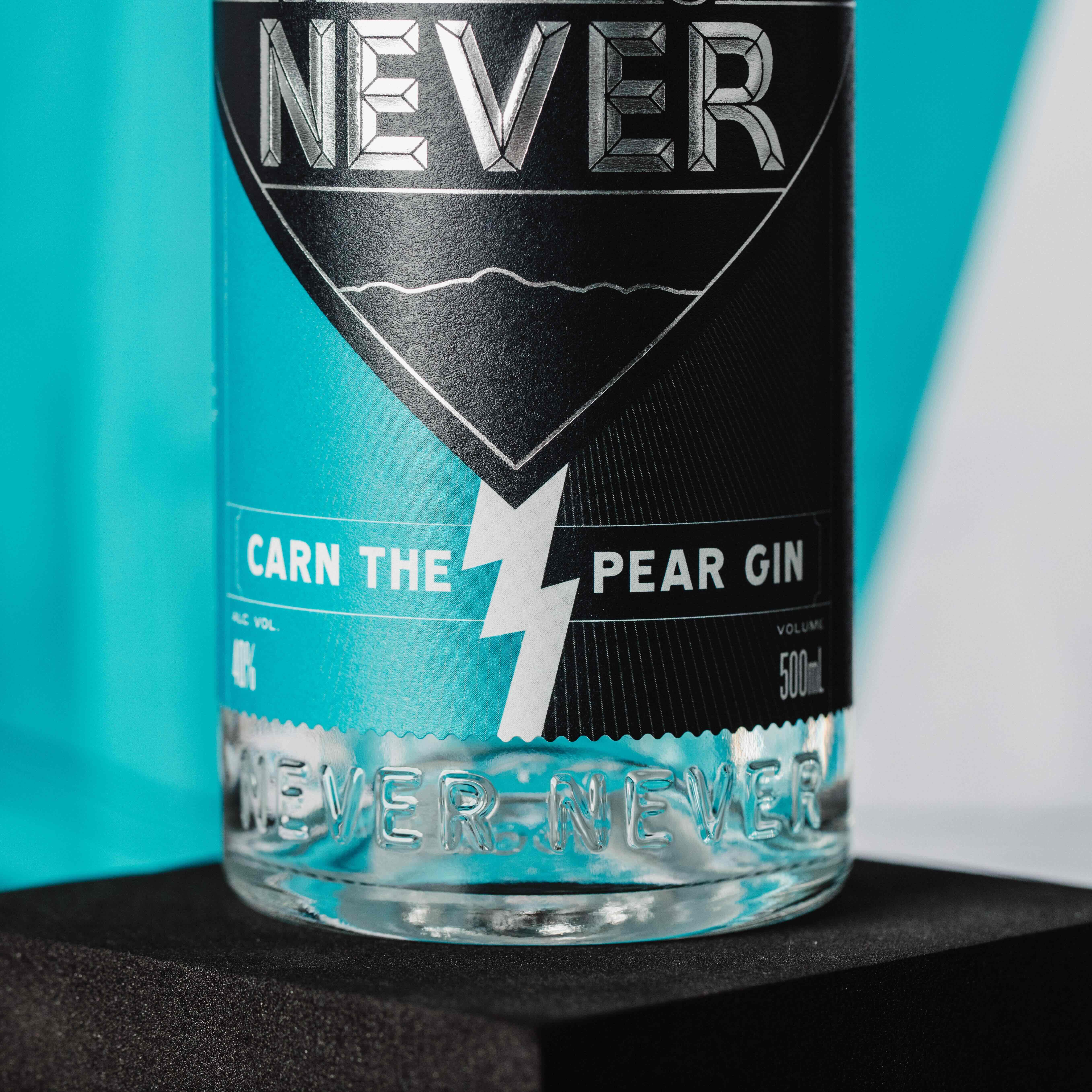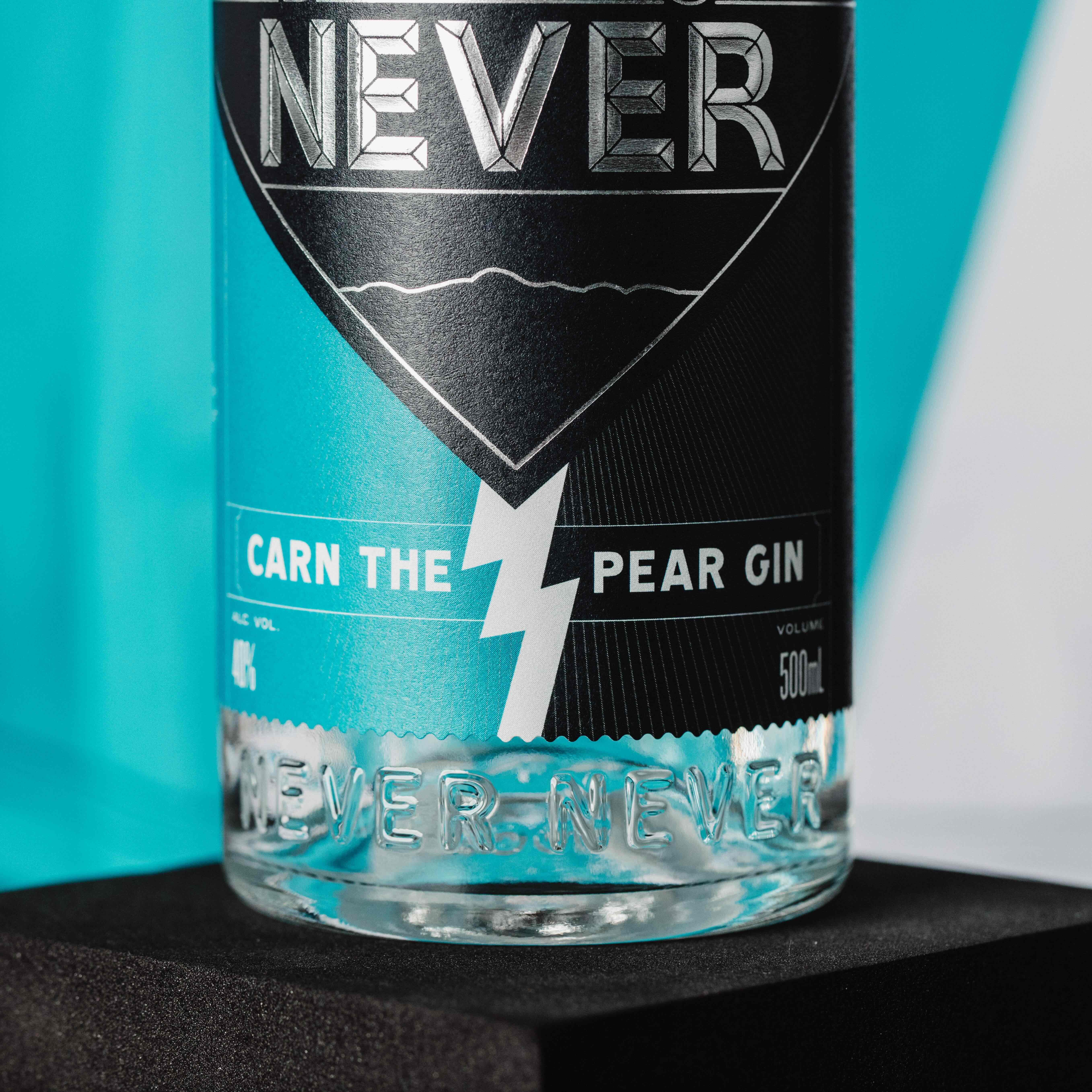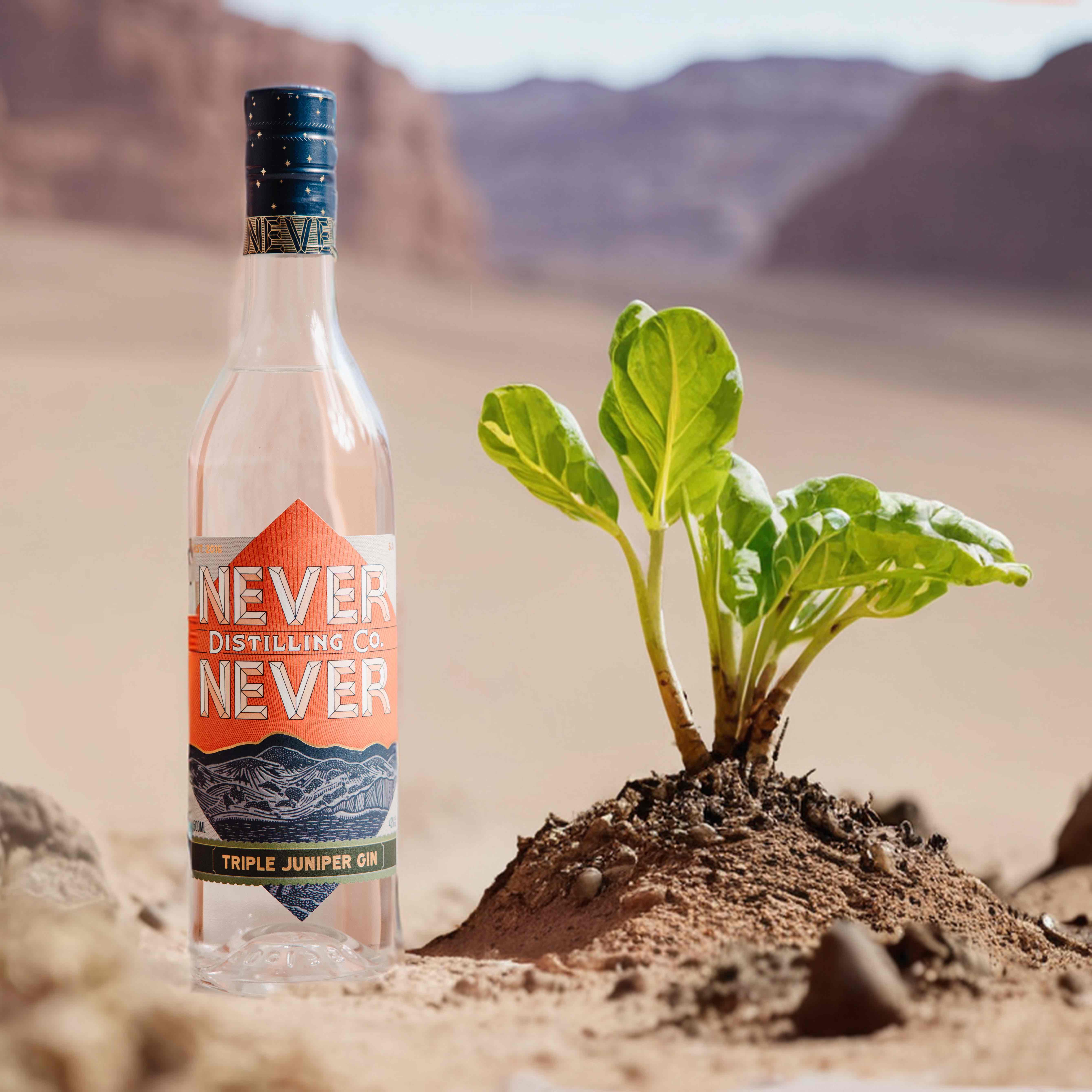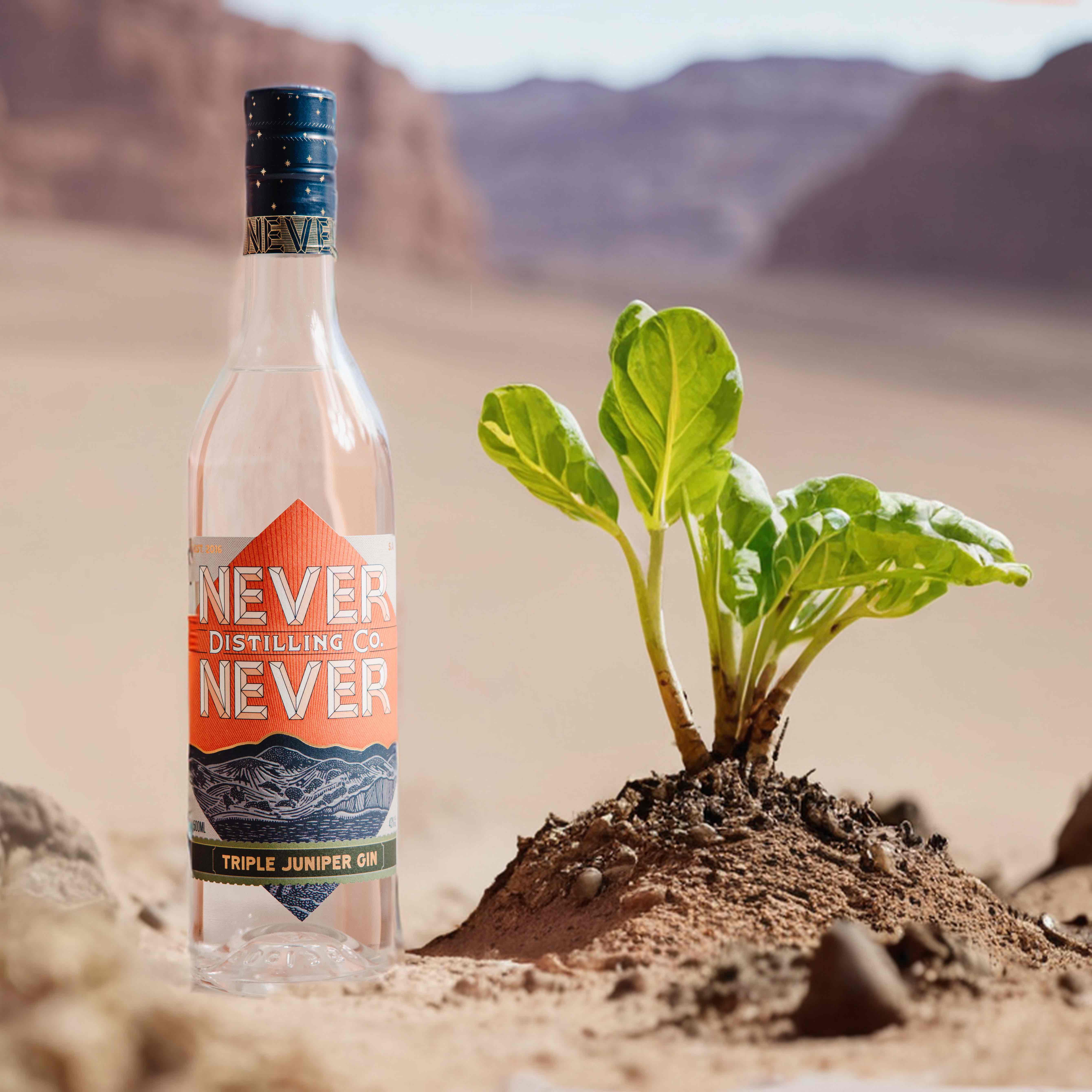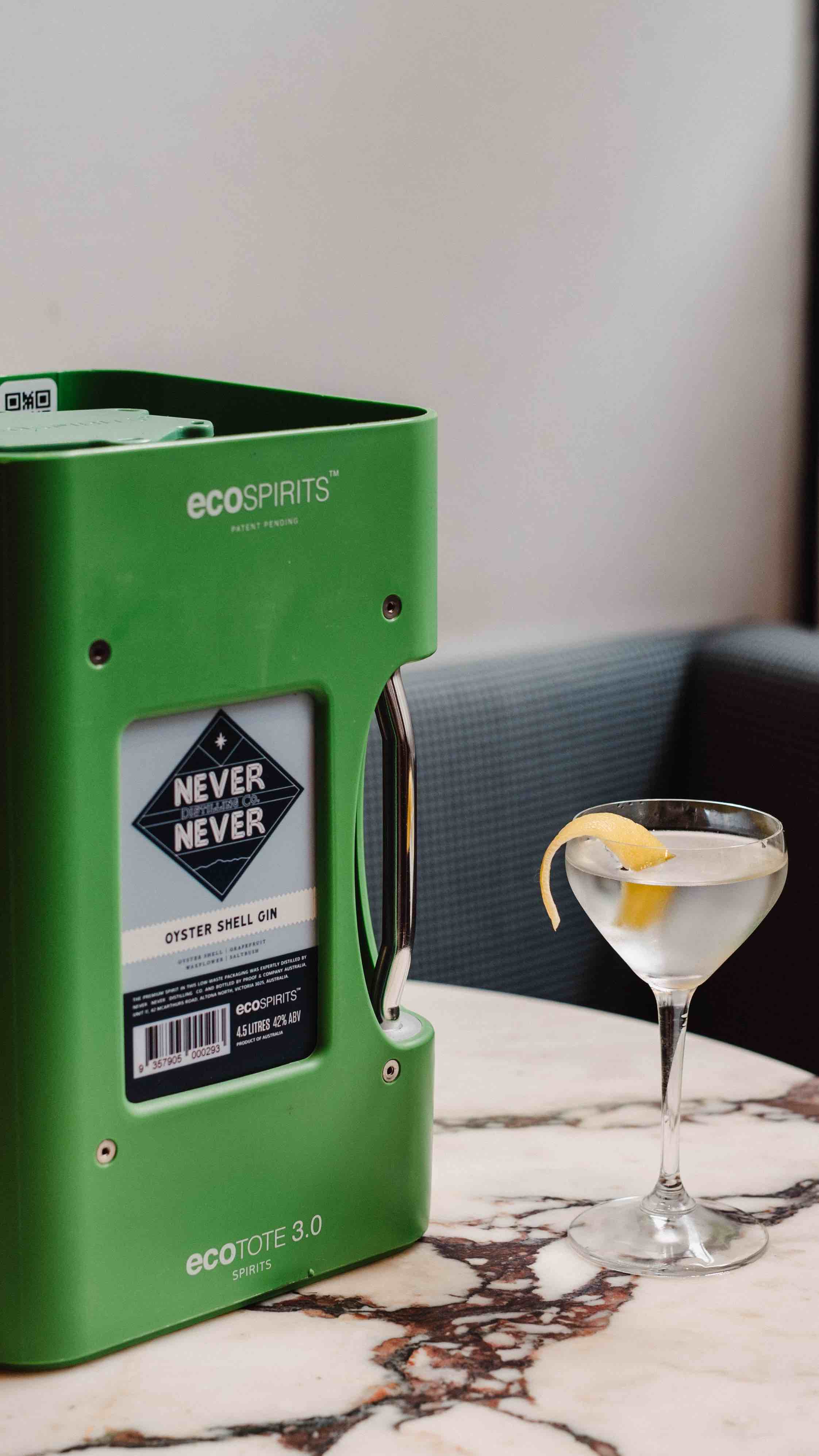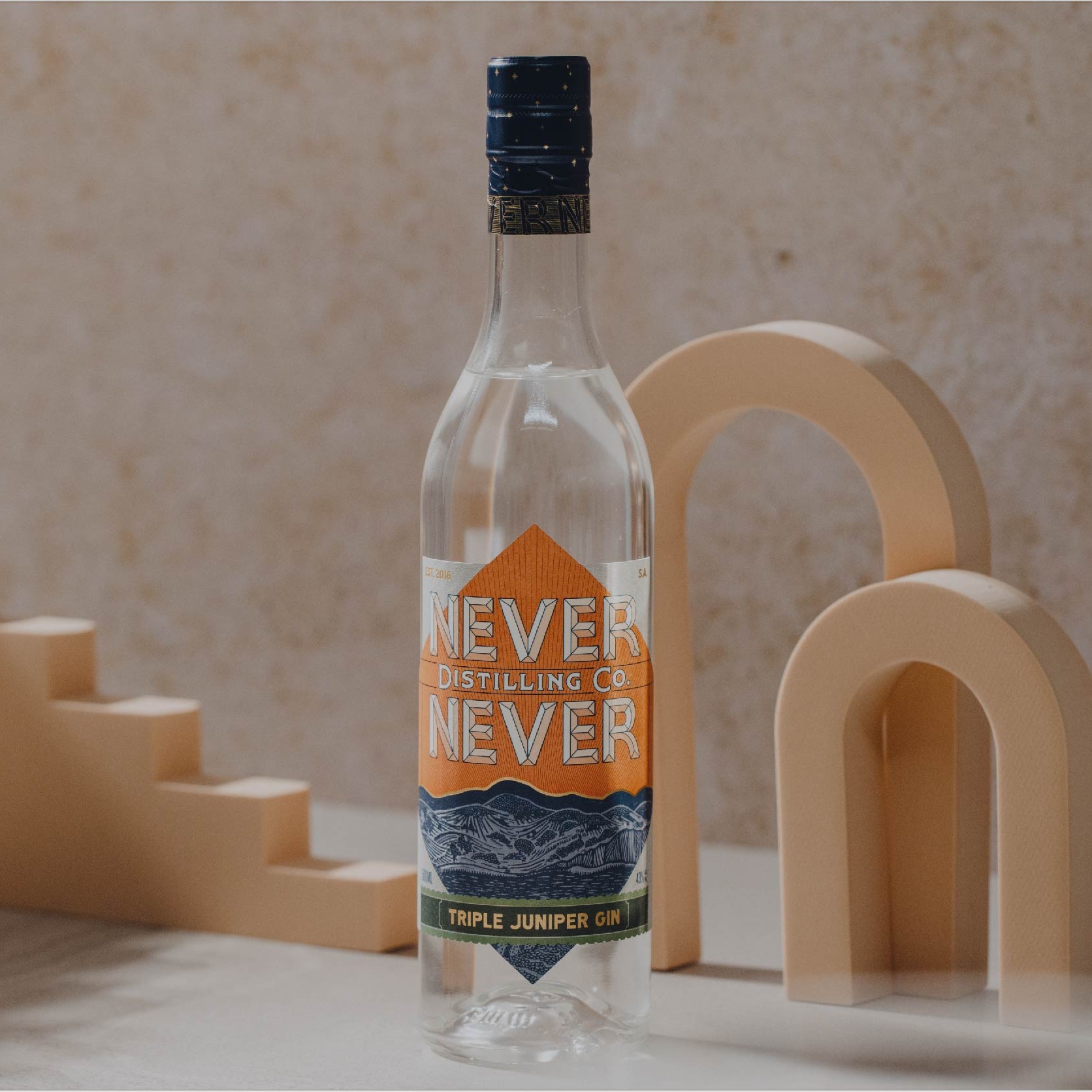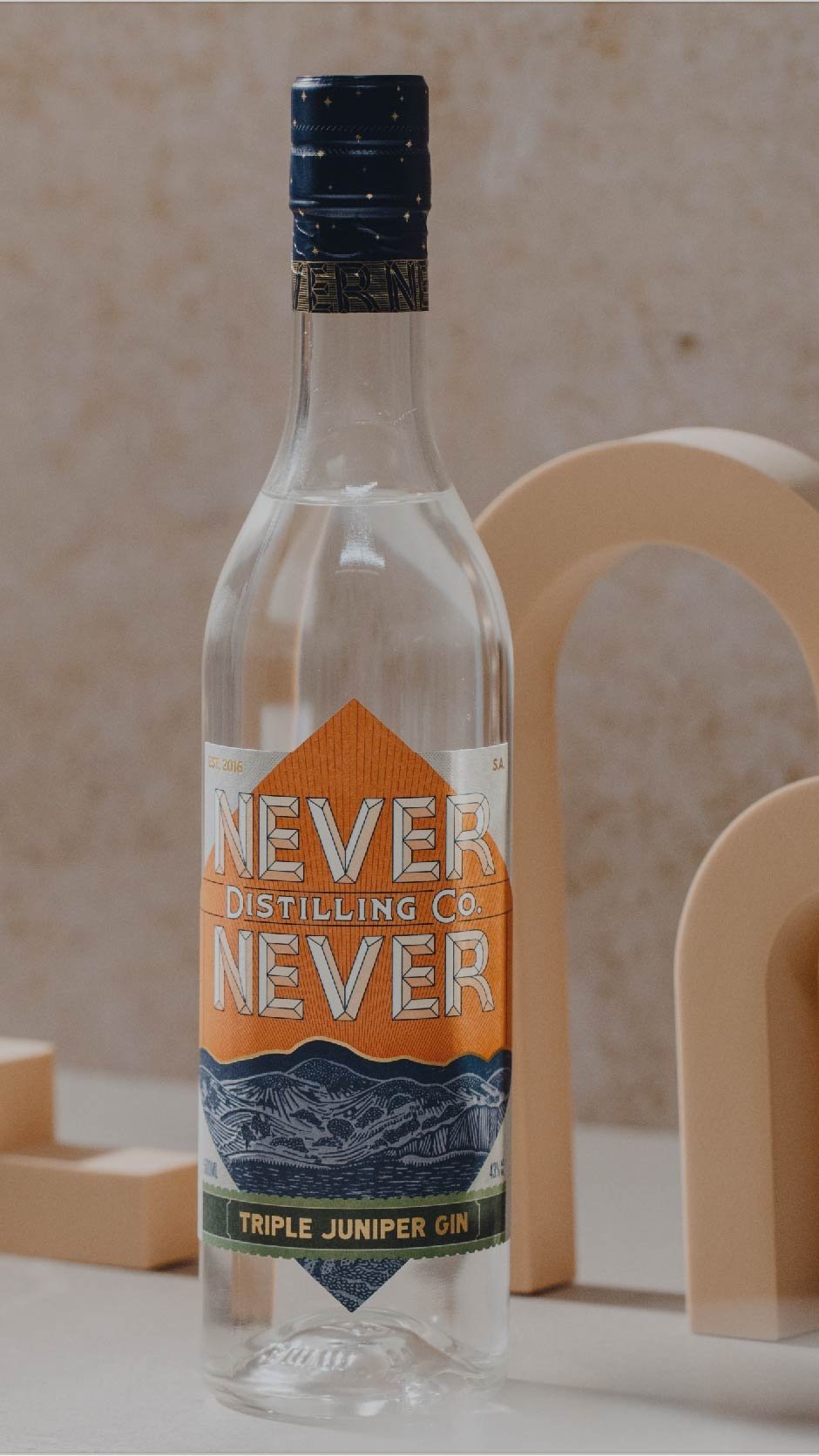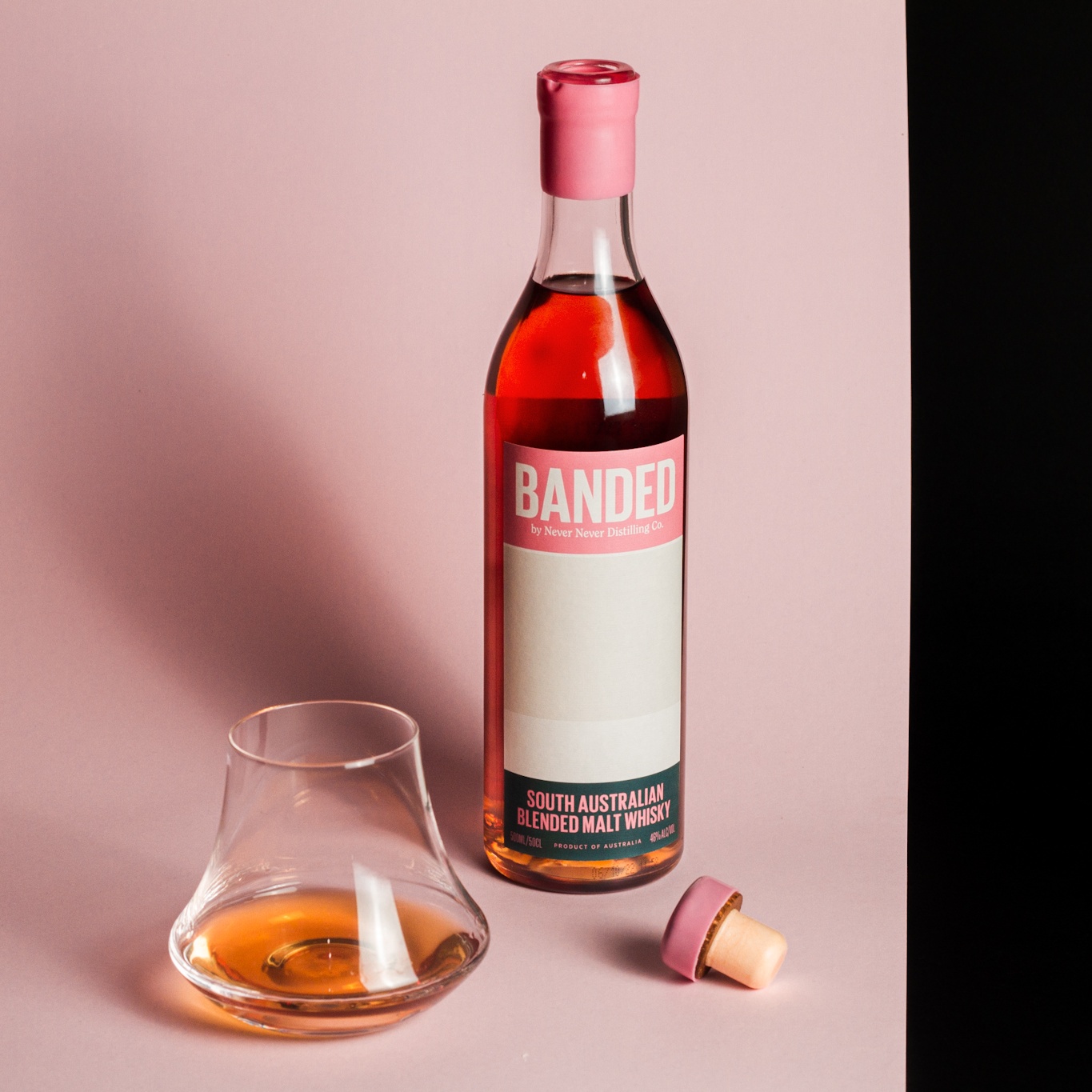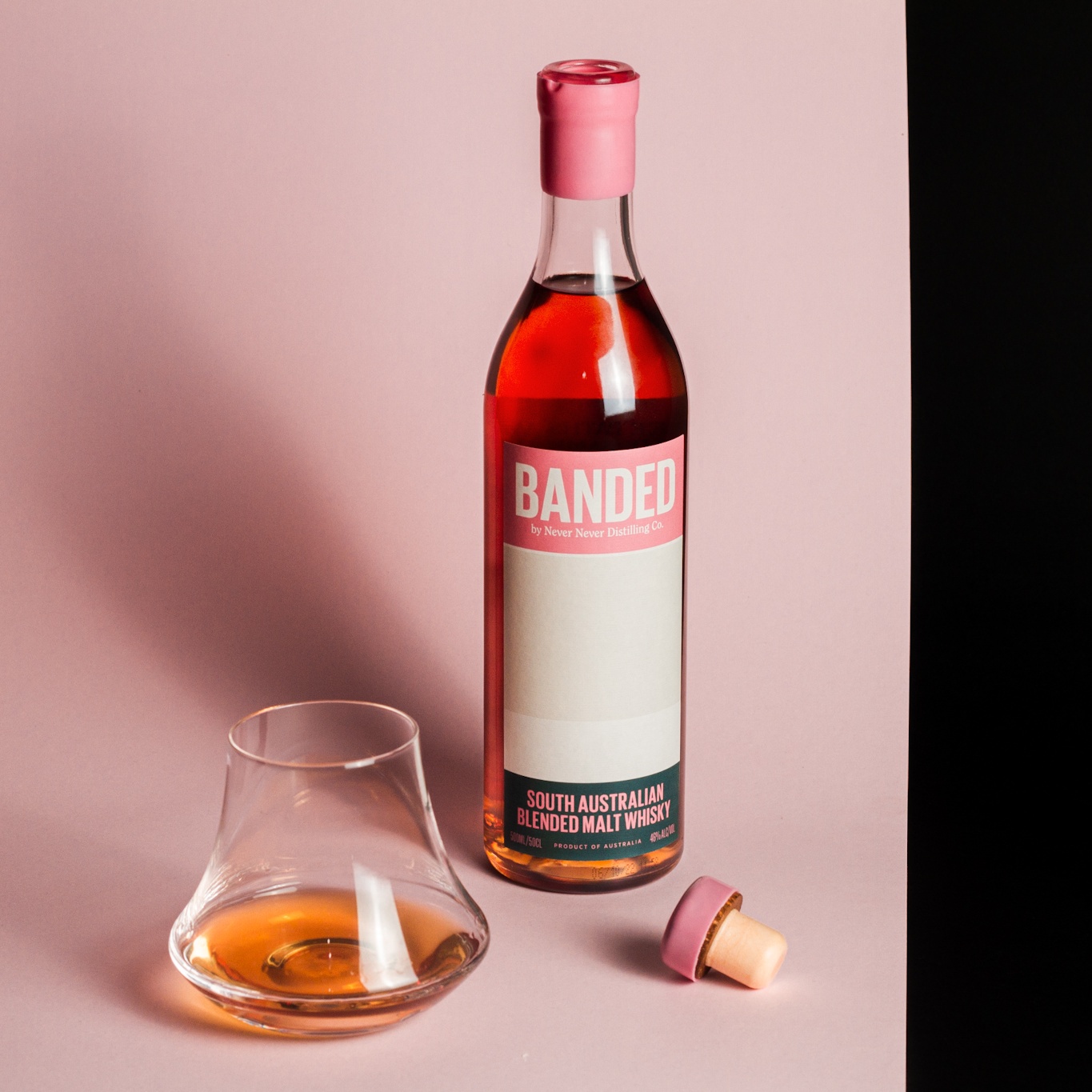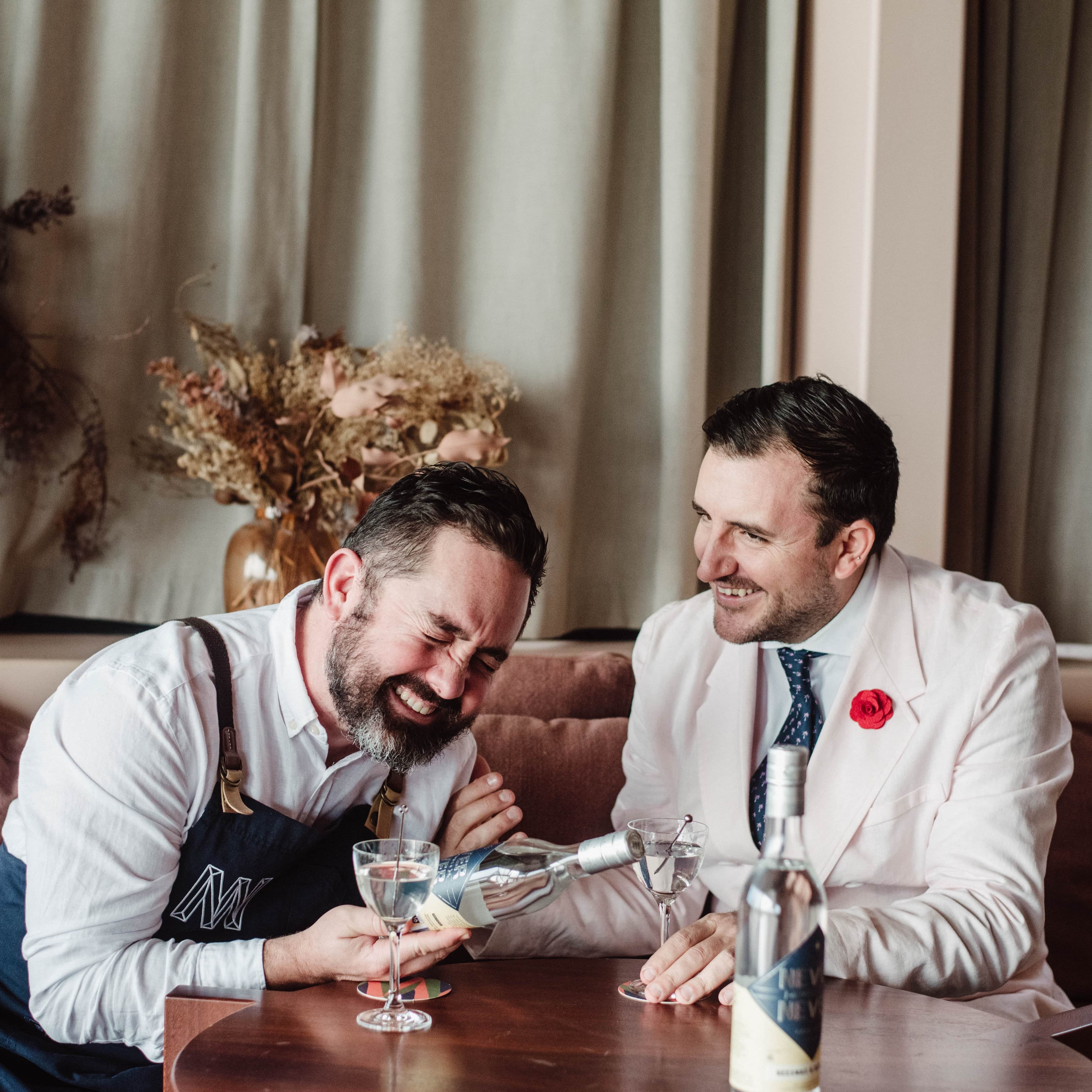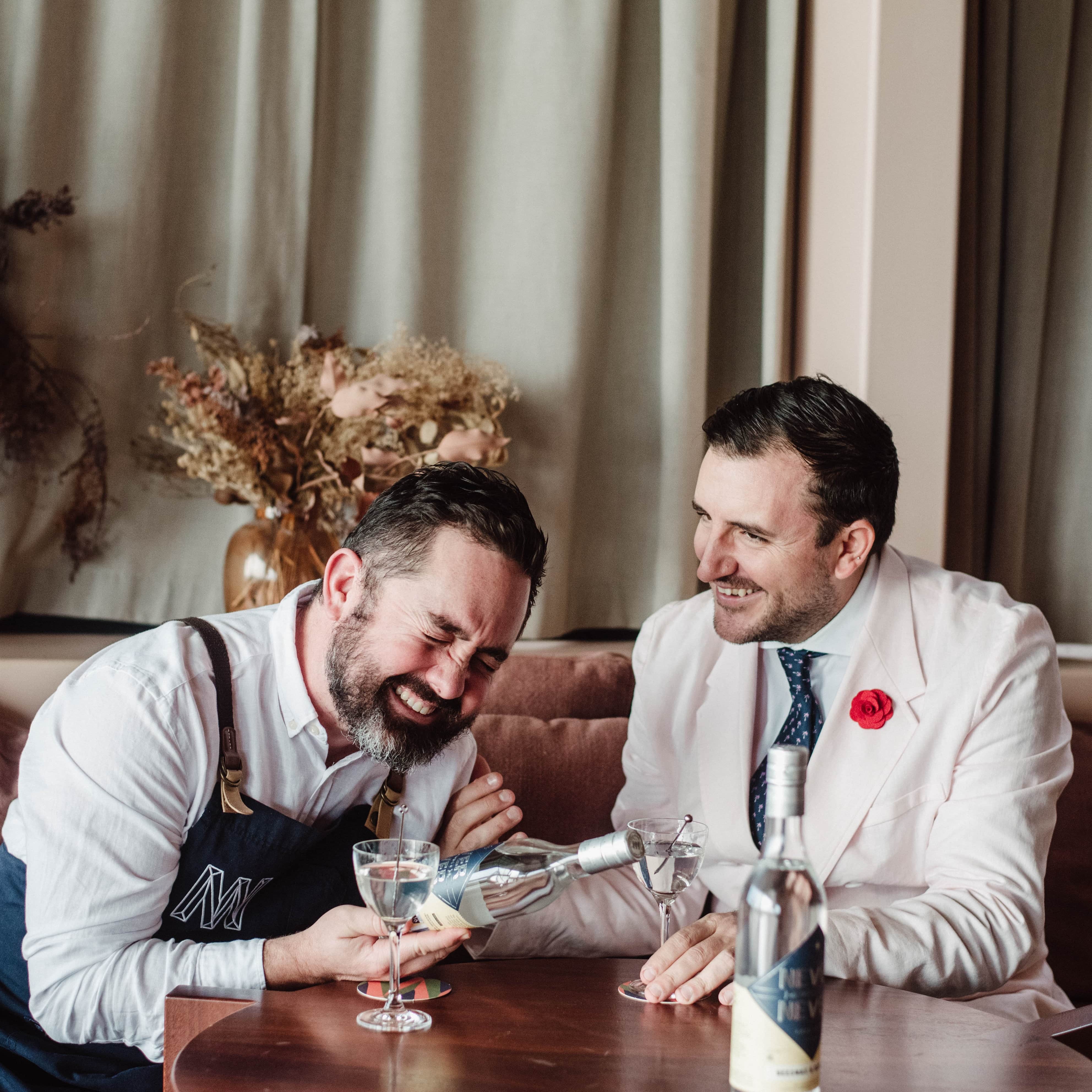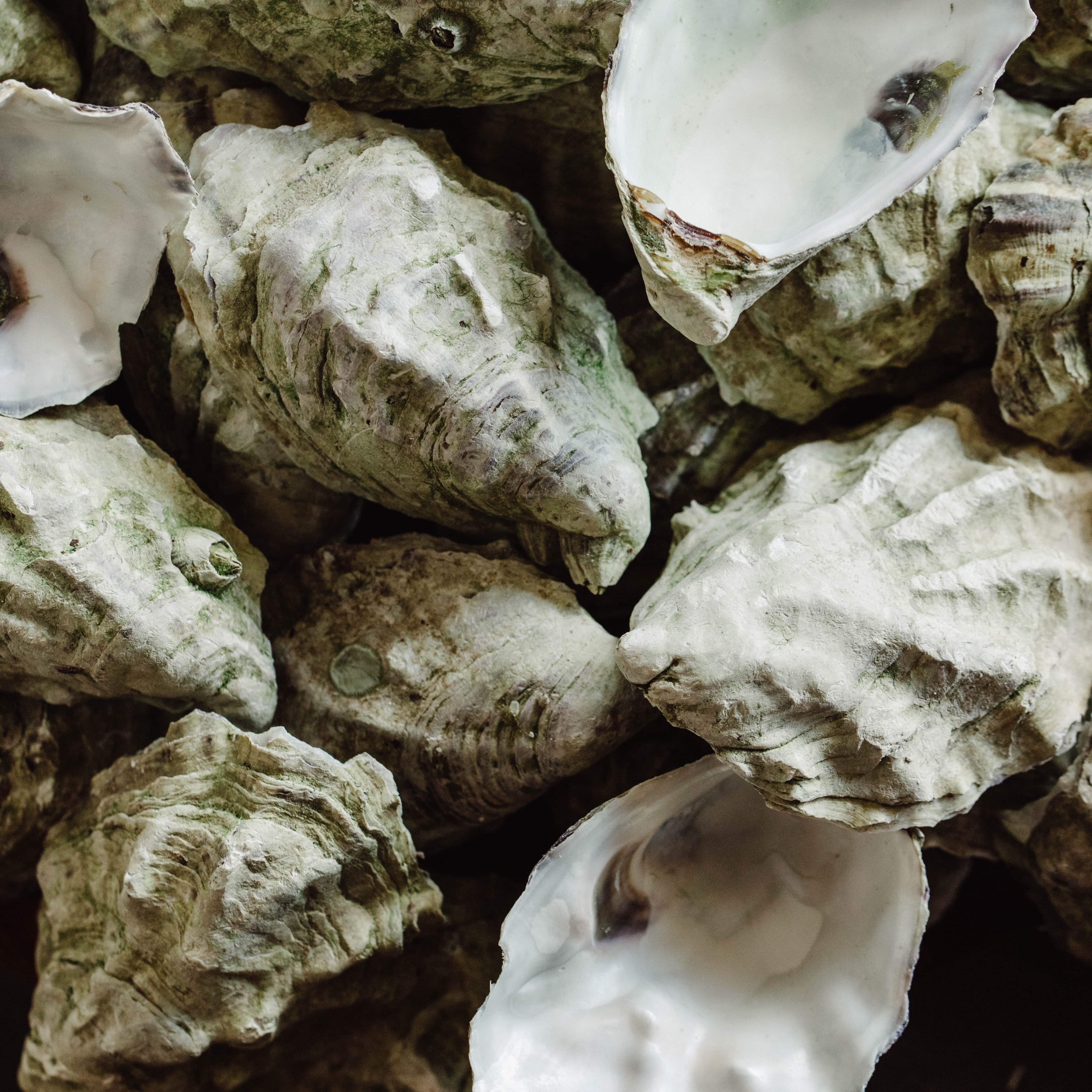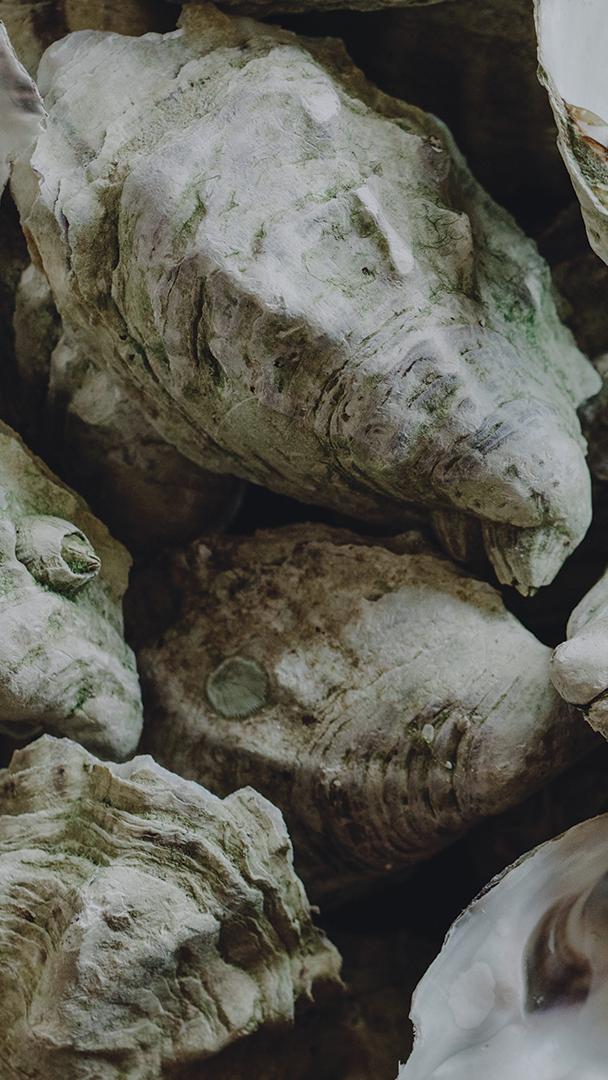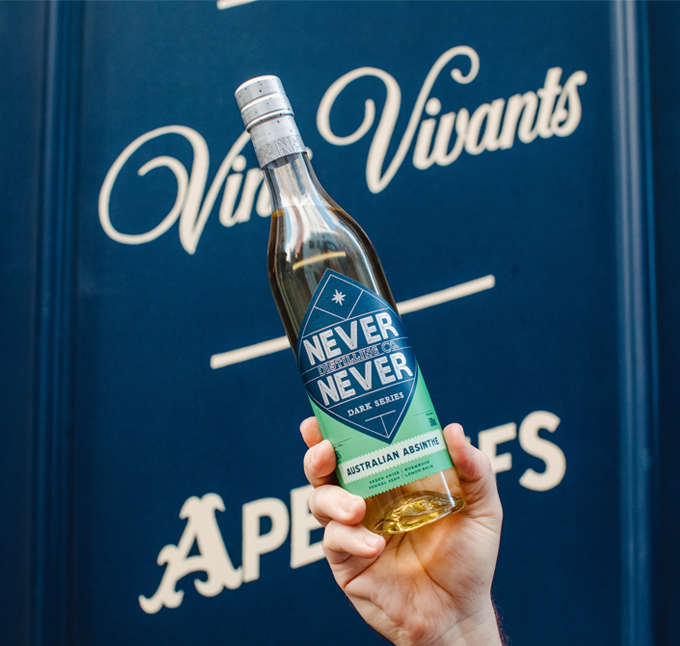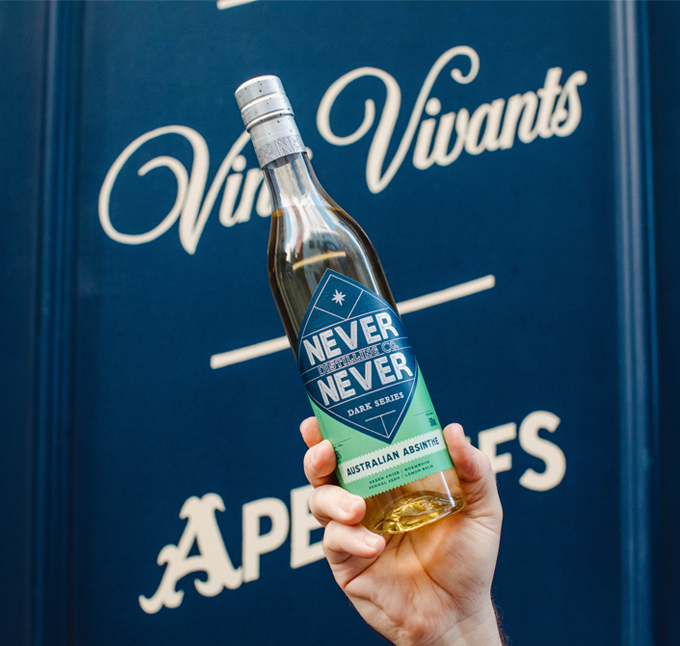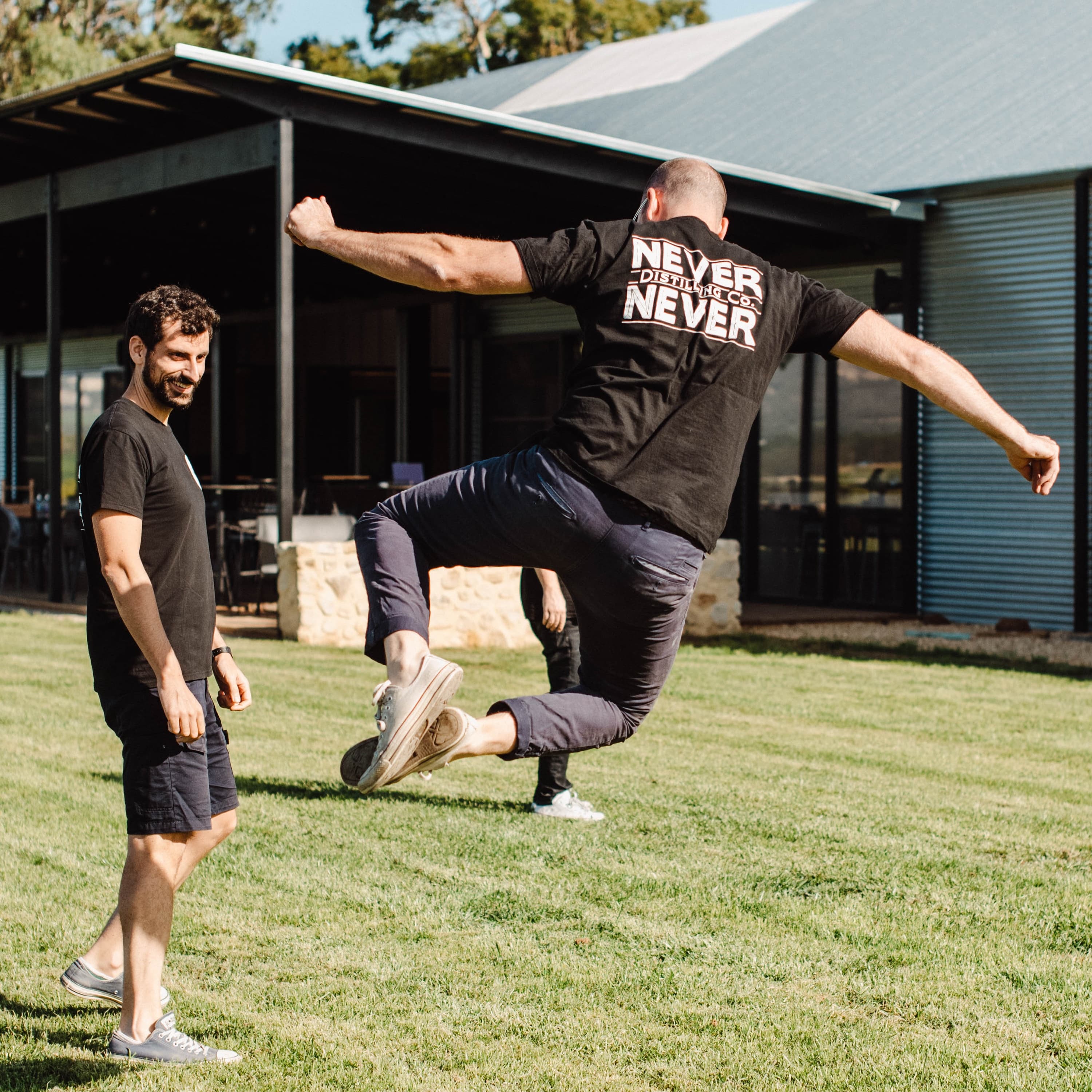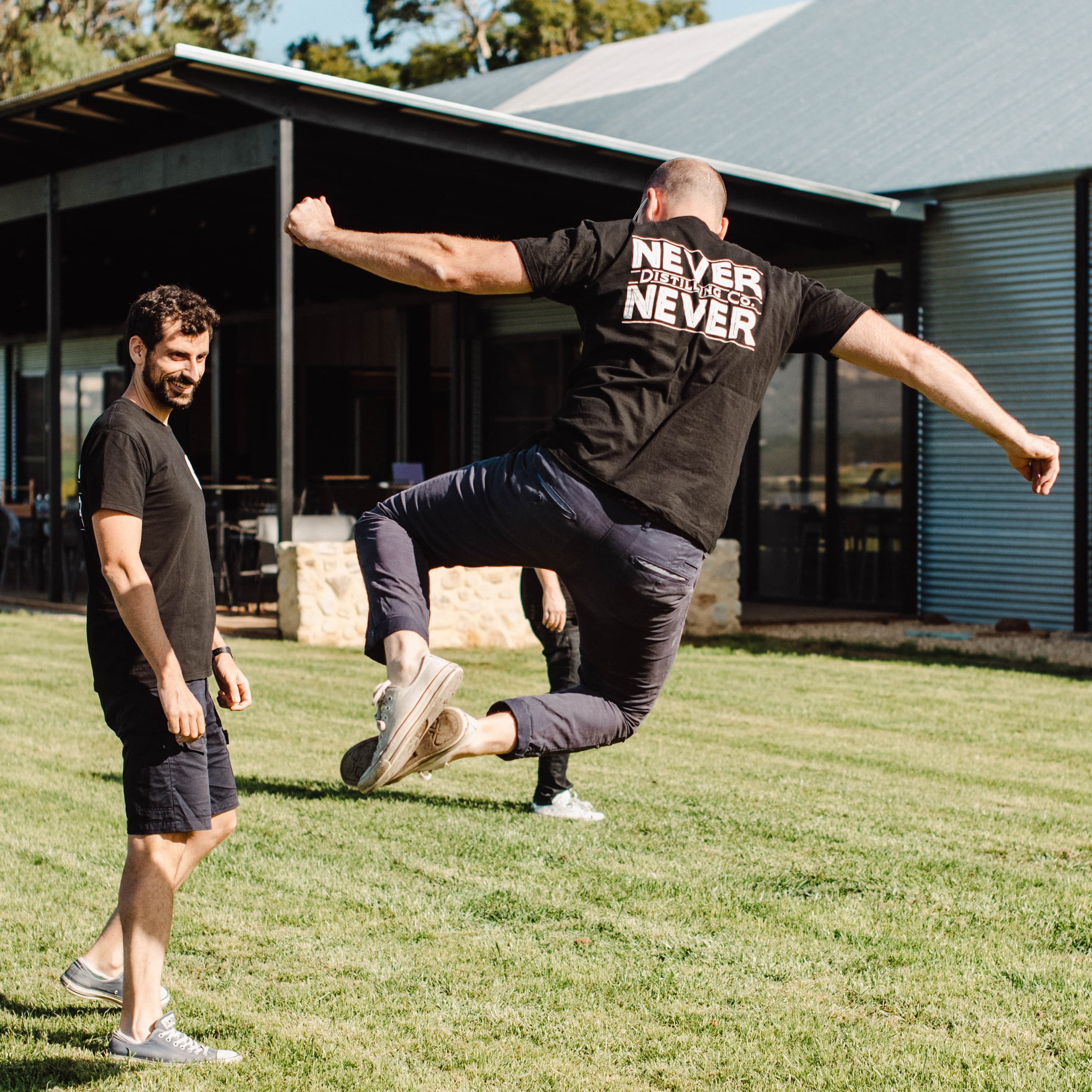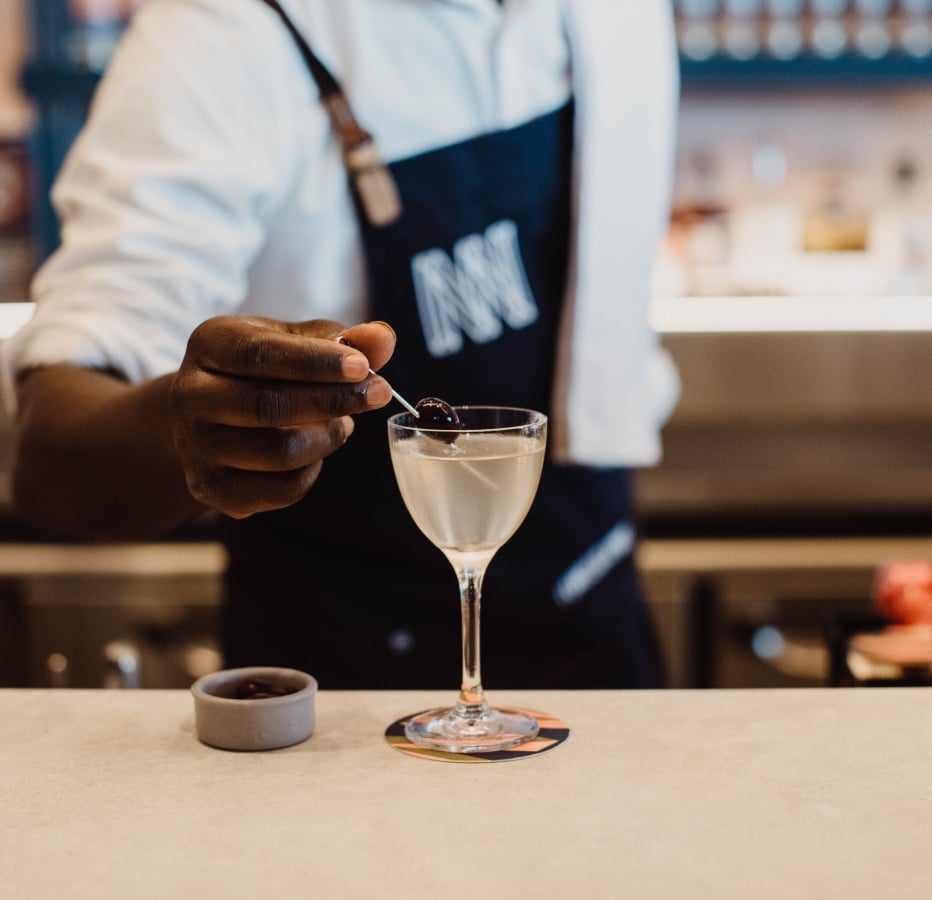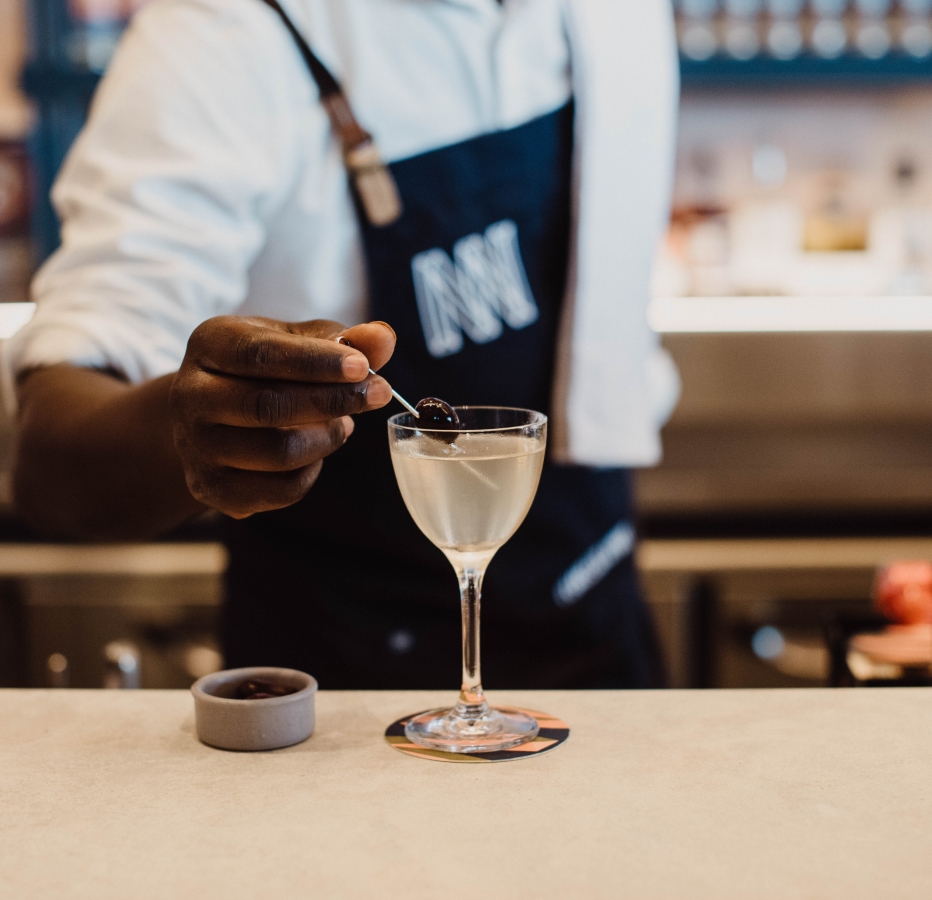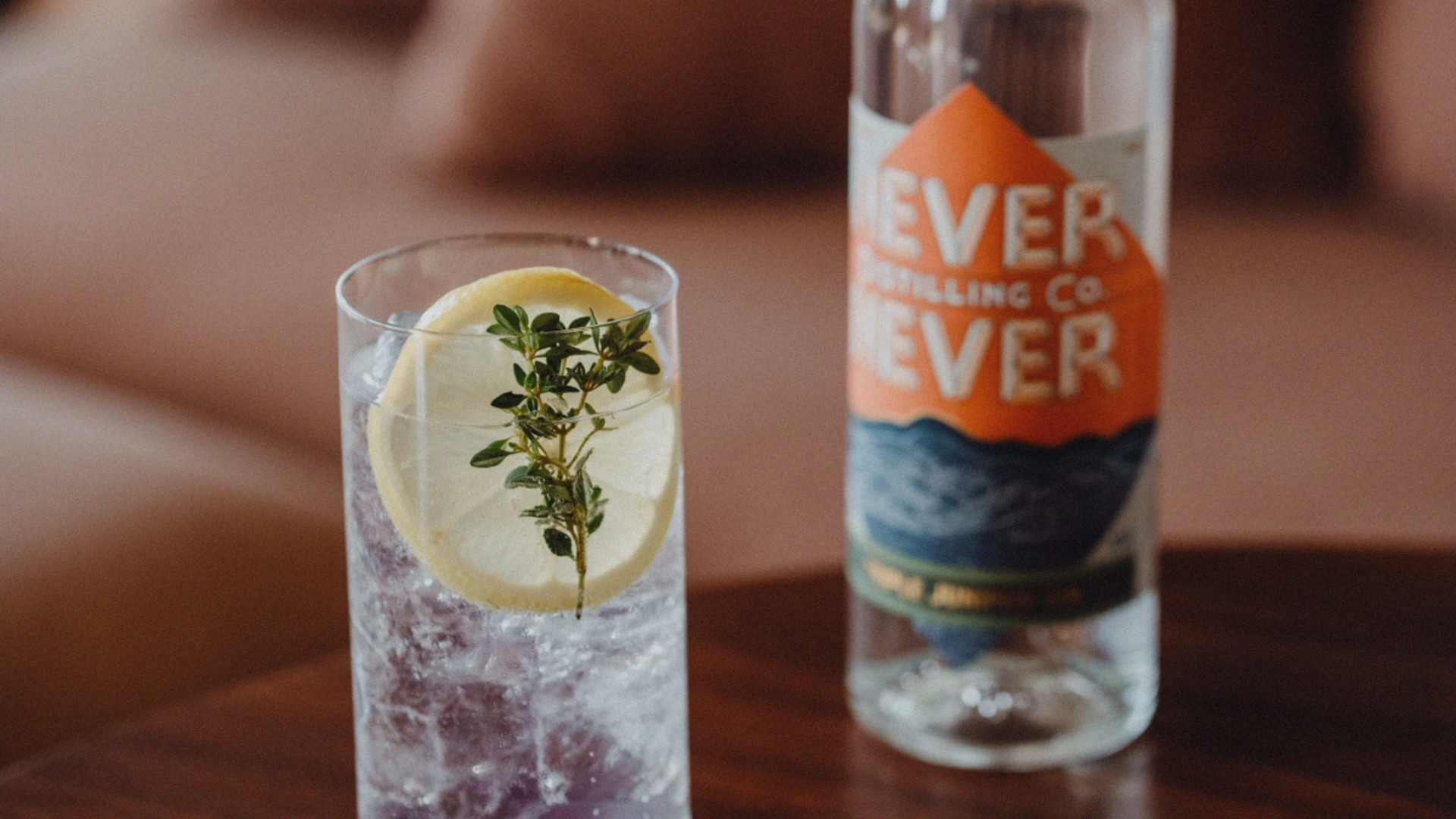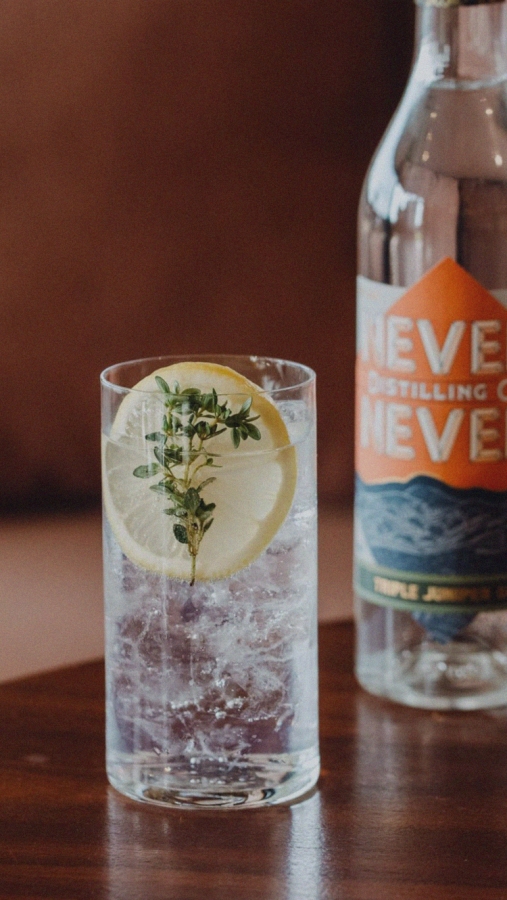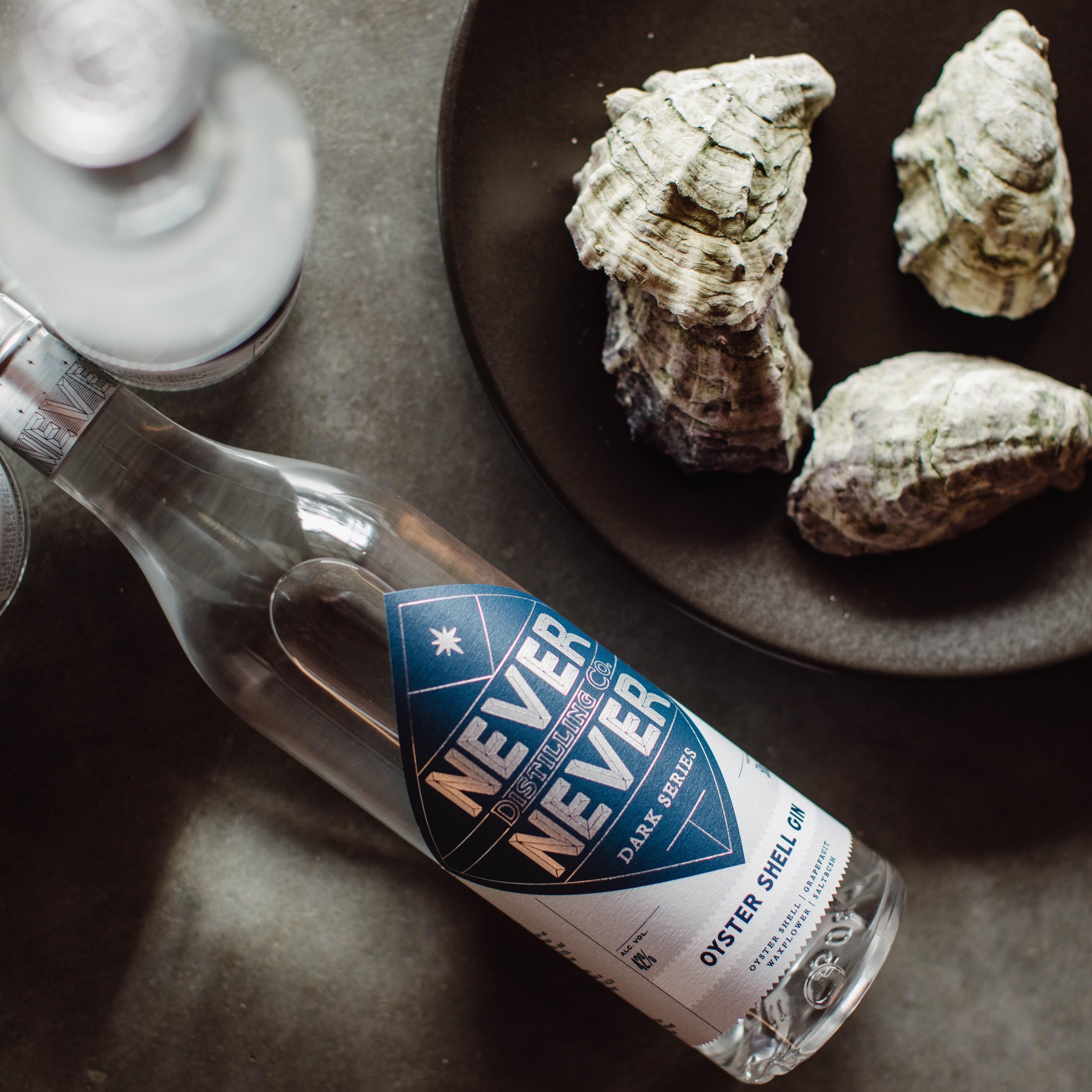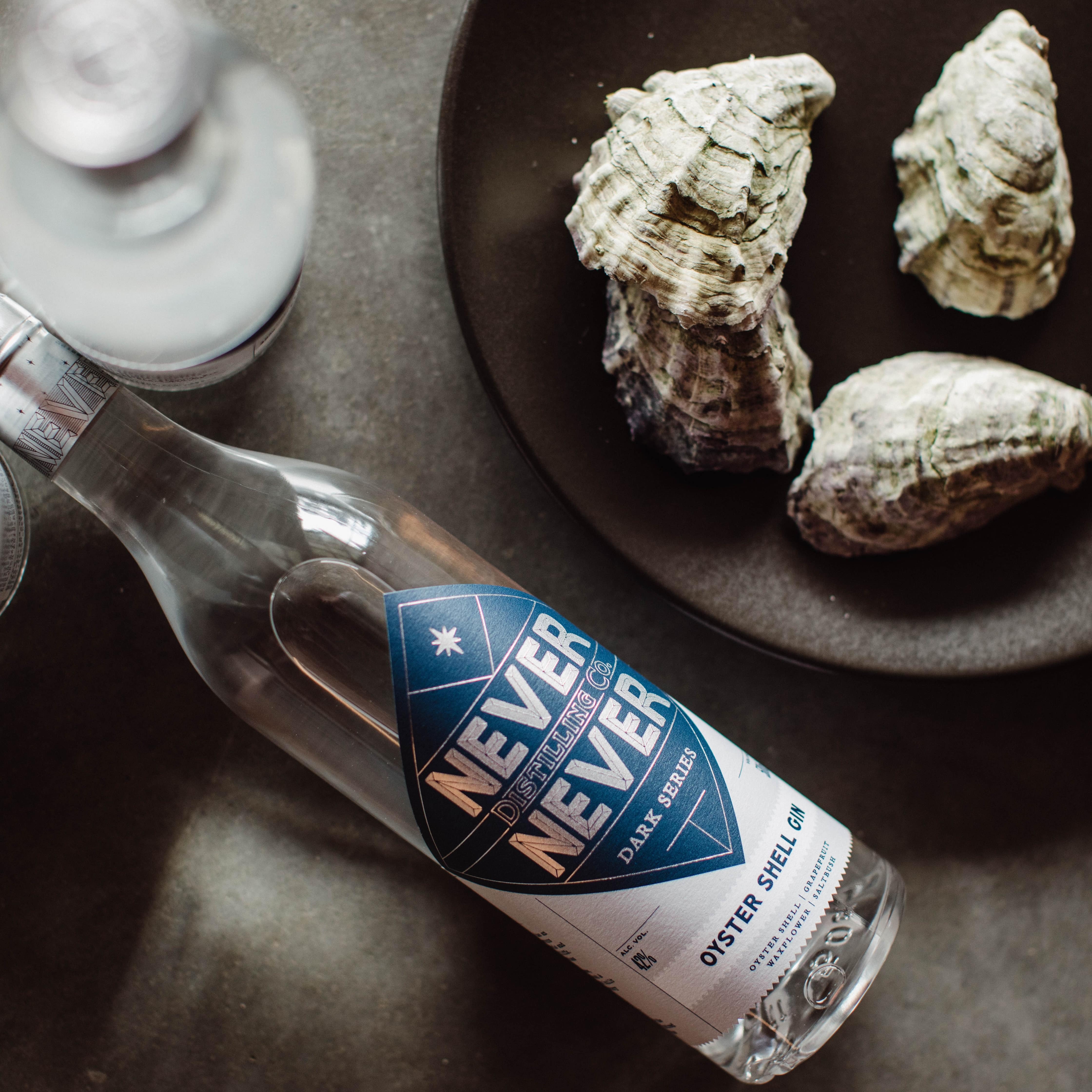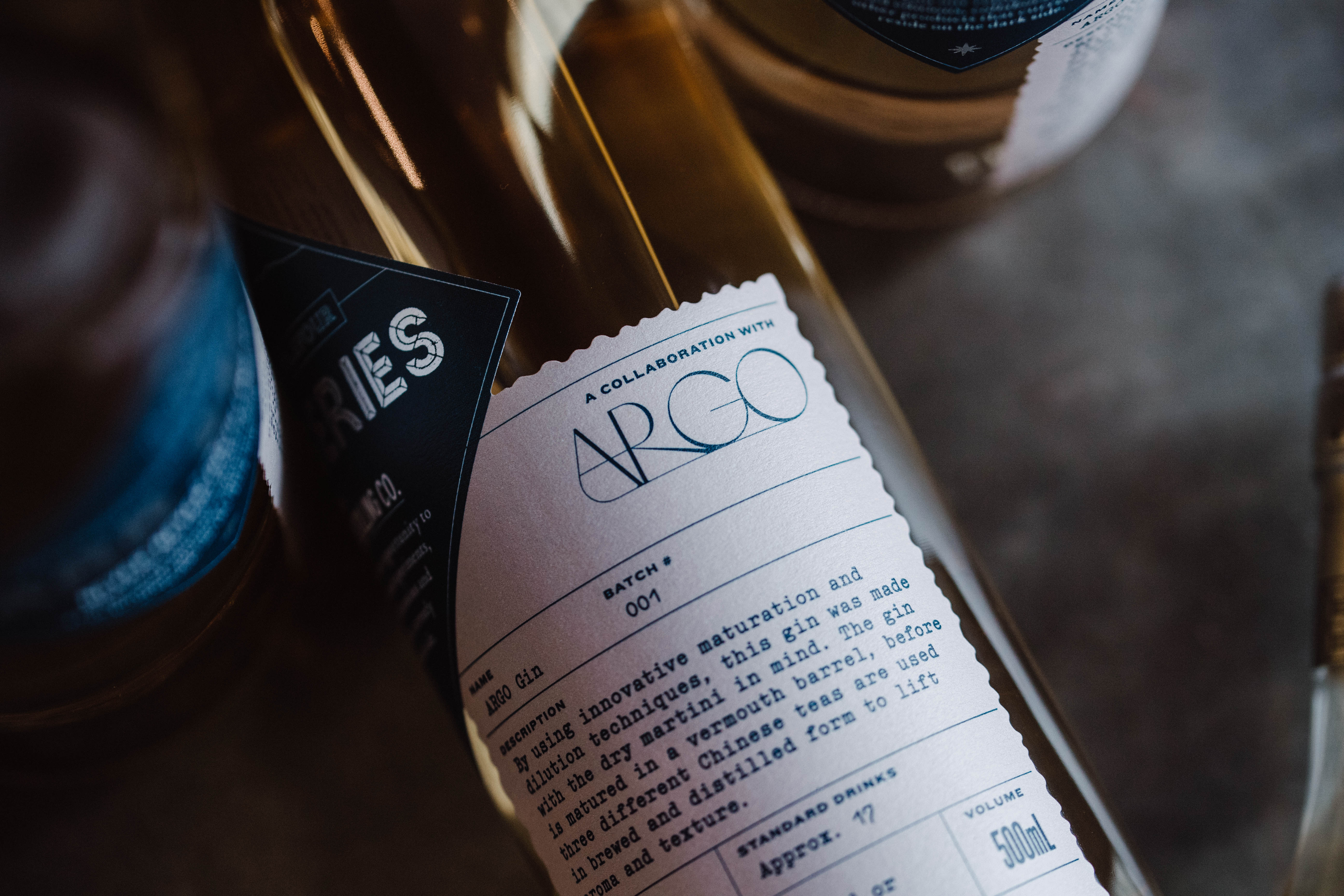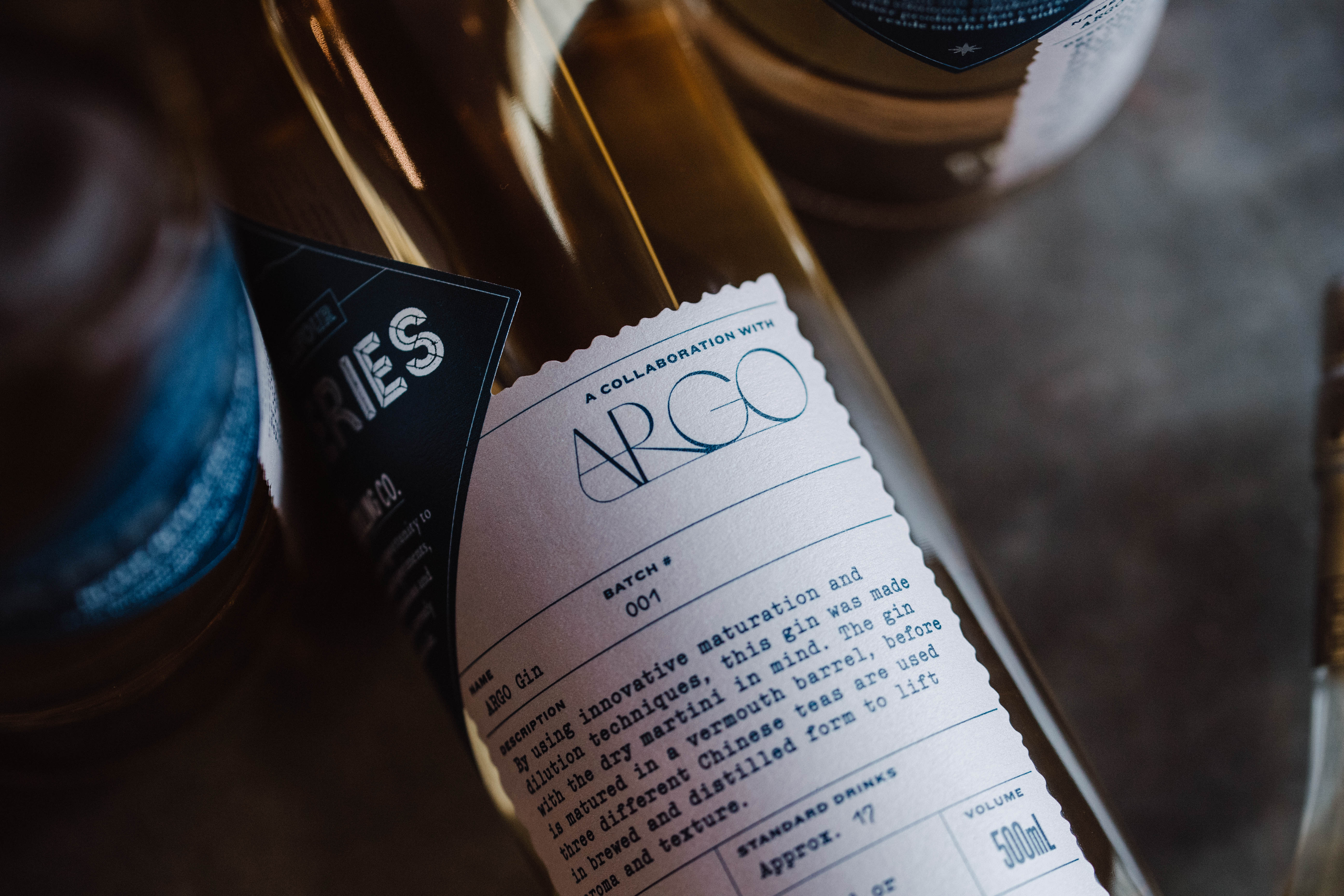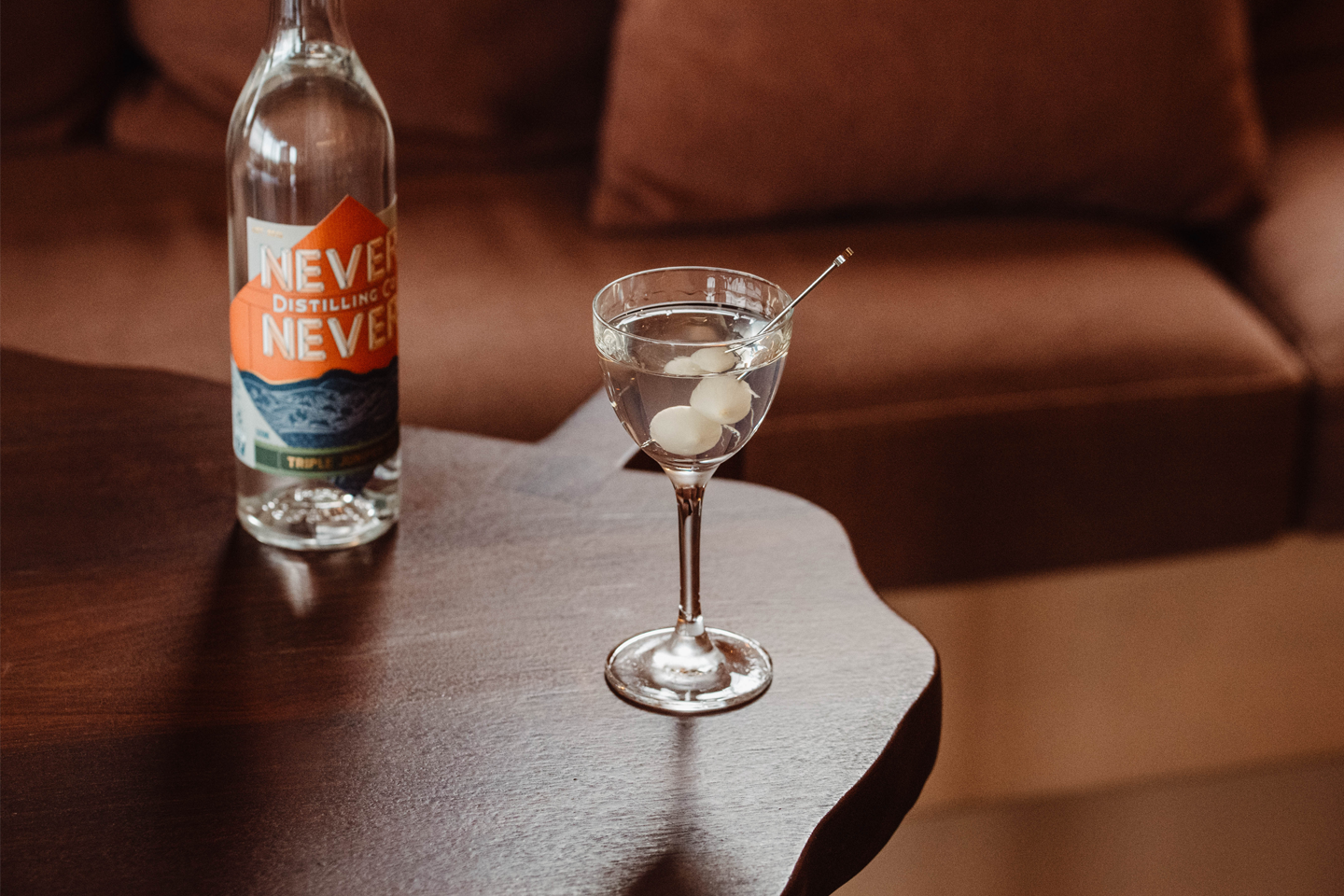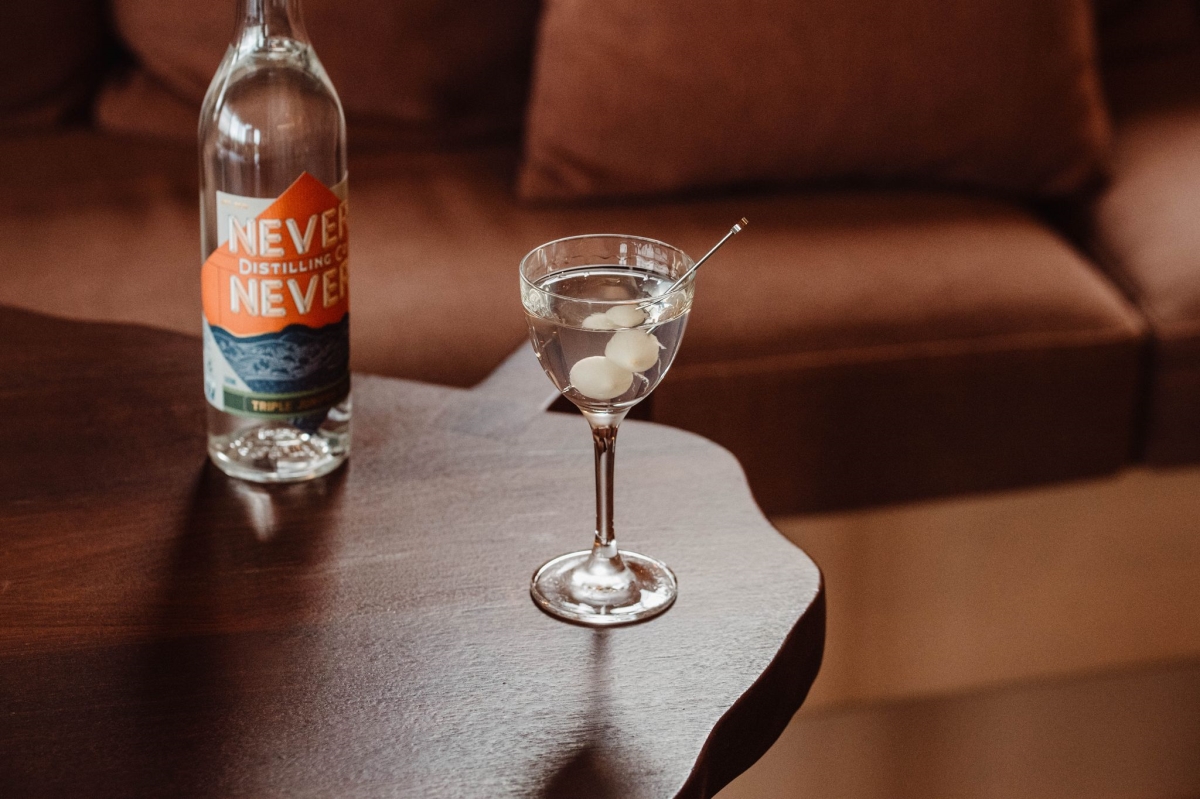1 March 2022
History of The Gin & Tonic
We have created an Oyster Shell Gin in collaboration with the recently launched Society restaurant in Melbourne, one of Australia’s most exciting seafood dining experiences.
If you’re reading this then you’re probably well aware of the curative properties of an icy cold G&T at the end of a hard day, but how did this iconic duo come to be? And how did the gin & tonic become so ubiquitous?
Indigenous peoples in South America had long understood that the bark of the native Cinchona tree could combat fevers. This knowledge was passed to the Spanish during colonisation in the 17th century.
There are a couple of competing stories for this - one is that an unwell Countess was administered some to combat a fever, the other (somewhat less romantic) one is that Jesuit missionaries brought it back with them.
Either way, the miracle cure travelled back to Europe and became known variously as ‘Countess’s powder’, ‘Jesuit’s powder’ or just the ‘fever tree’ (sound familiar?!).
originally created by british army officers by mixing their malaria tablets with gin and soda water. the G&T is easily the most popular way to drink gin in modern times.
Some clever Frenchmen figured out how to isolate the quinine from the bark and marketed it as a cure for malaria, et voilà – quinine tonic was born. Meanwhile, the Dutch were starting to distill malt spirits with botanicals such as juniper, coriander seed and star anise which were also thought to have medicinal properties.
These spirits were known as Genever, which was the forerunner to our beloved gin (as well as the root of the phrase ‘Dutch Courage’). Now the Dutch may have invented it, but the British perfected it.
It helped that the Dutch King William of Orange took the throne in Britain - in an era of ruthless monarchs, drinking the King’s favourite liquor was an easy (and tasty!) way to ingratiate yourself.
Heavy taxes on imported booze saw gin production skyrocket until the drunken excesses of the ‘Gin Craze’ caused tighter regulation and therefore a higher quality product.
By the time they were colonising India in the 1800s, gin had taken its rightful place as the nation’s favourite spirit. Gin rations had long been given to officers in the armed forces - half a pint a day in fact! - so it’s not surprising that some bright spark thought to mix it with their malaria medicine.
Turns out, the juniper in the gin (because that’s what gin is supposed to taste like, you know *wink*) and the bittersweet quinine tonic were a match made in heaven! Pop in a lime to combat scurvy and some ice, and you have the most delicious medicine known to humankind.
Companies such as Schweppes saw an opportunity, launching a commercial tonic named ‘Indian Quinine Tonic’, and the popularity of this perfect pairing grew exponentially.
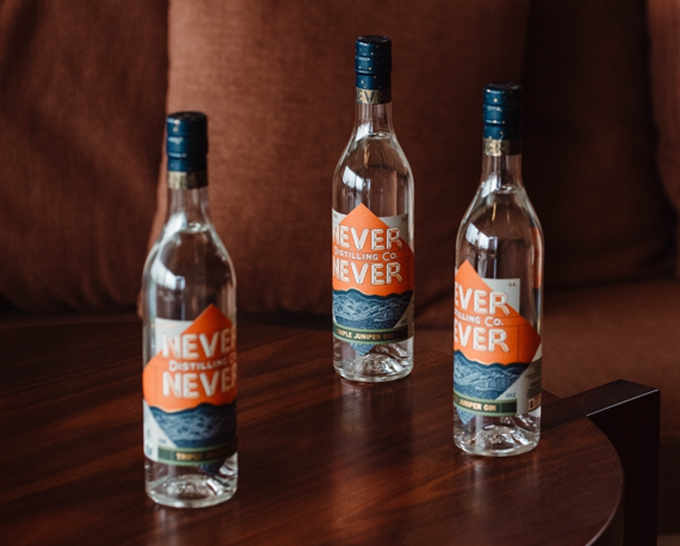
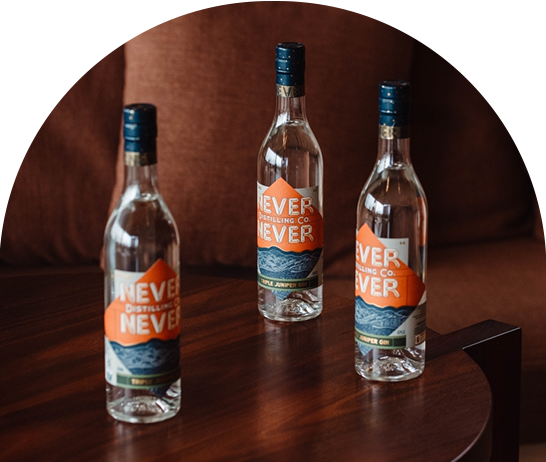
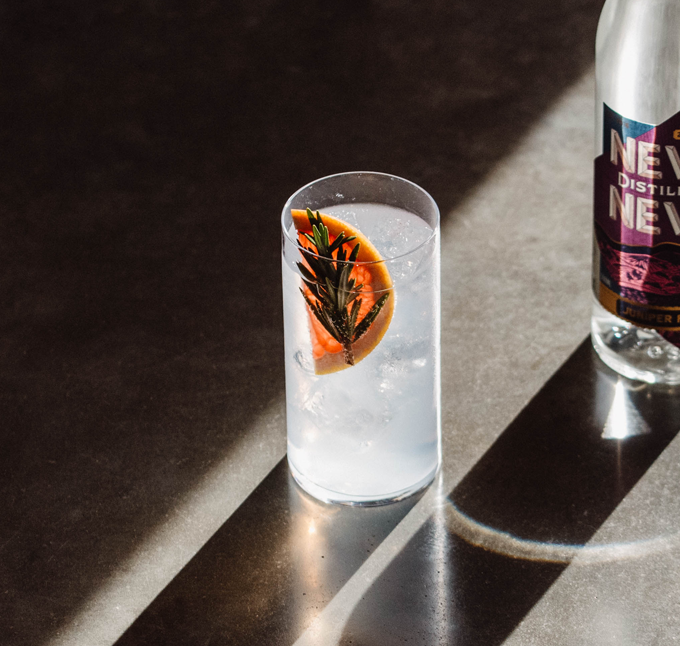
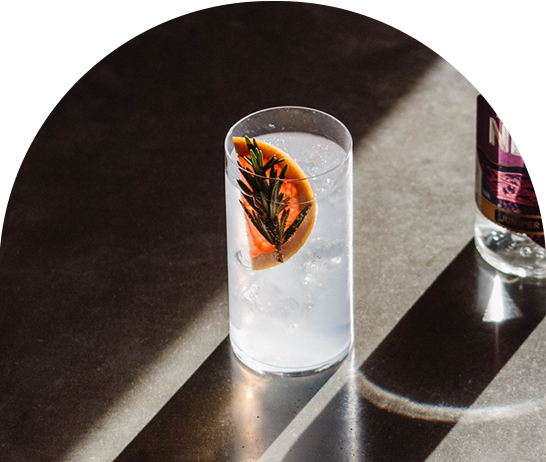
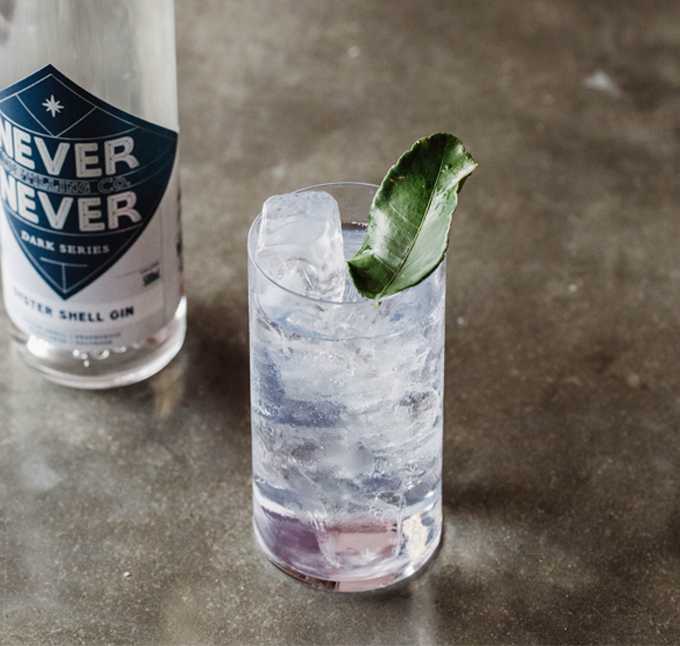
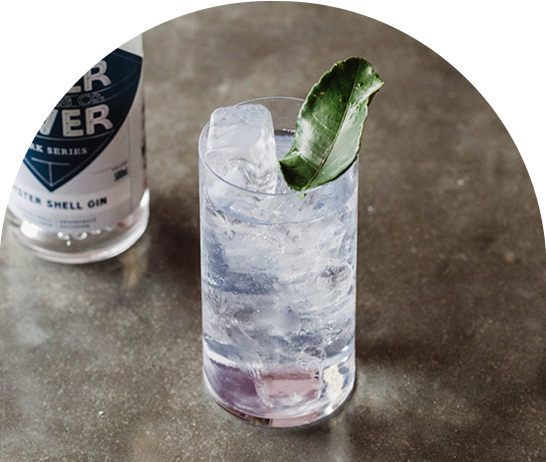
Can you still get away with saying your afternoon G&T is medicinal? Probably not, given that the amount of quinine in modern tonics is so low that you’d have to drink roughly 67 litres a day to prevent malaria.
However, the refreshment is still second to none, and that’s reason enough for us to pair a healthy measure of Never Never gin with a good quality tonic and sit back and dream of the tropics.
for the perfect G&T we definitely recommend our triple juniper gin. we literally call it 'the gin for your tonic'
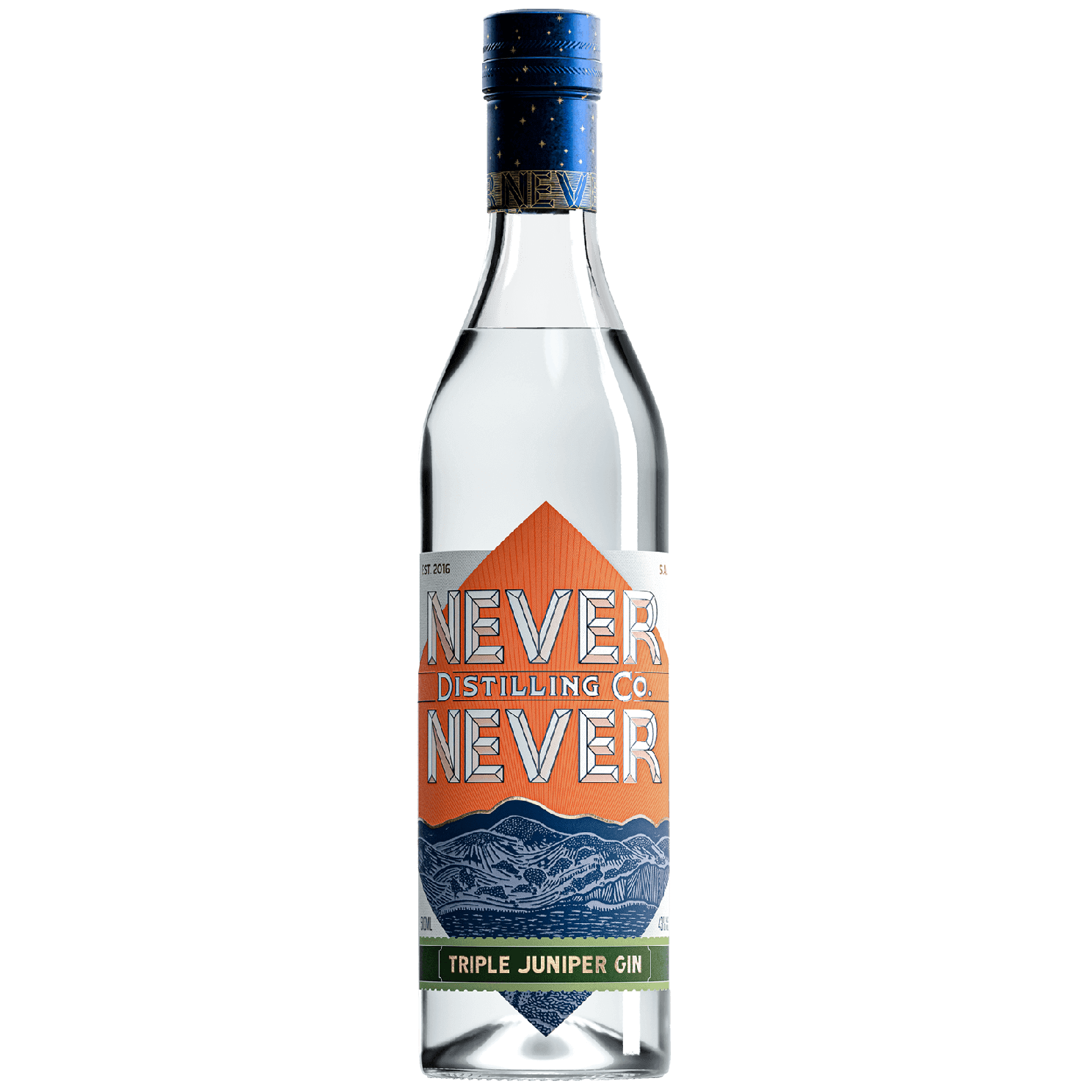
Our signature Triple Juniper Gin combines three different distillation processes, each uncovering the bright and earthy qualities of juniper.

